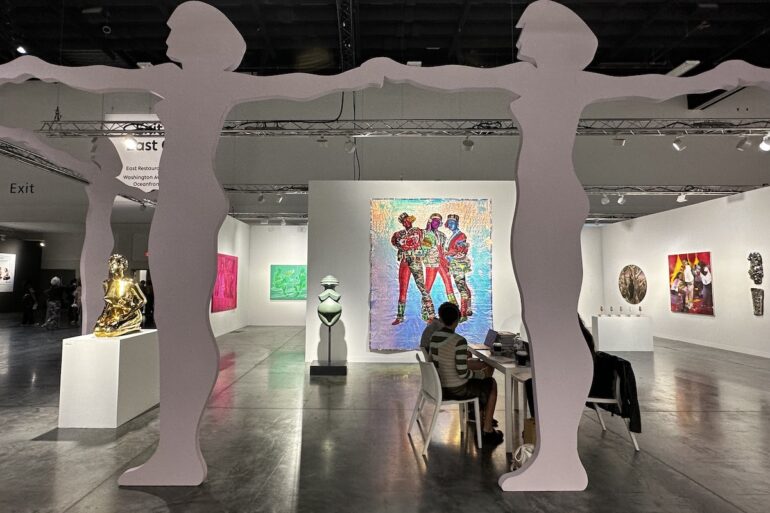
This post is also available in:

Art Basel/Miami Beach, could be called the queen bee around which the worker bees -the big local collectors, the satellite fairs, the many installations and events scattered around the city of Miami, Miami Beach and surrounding areas- rotate, but that would not be correct. Art Basel/ Miami Beach was born twenty years ago from the vision of Irma and Norman Braman and Craig Robins -primarily- to make the city the artistic and cultural epicenter of the two Americas.
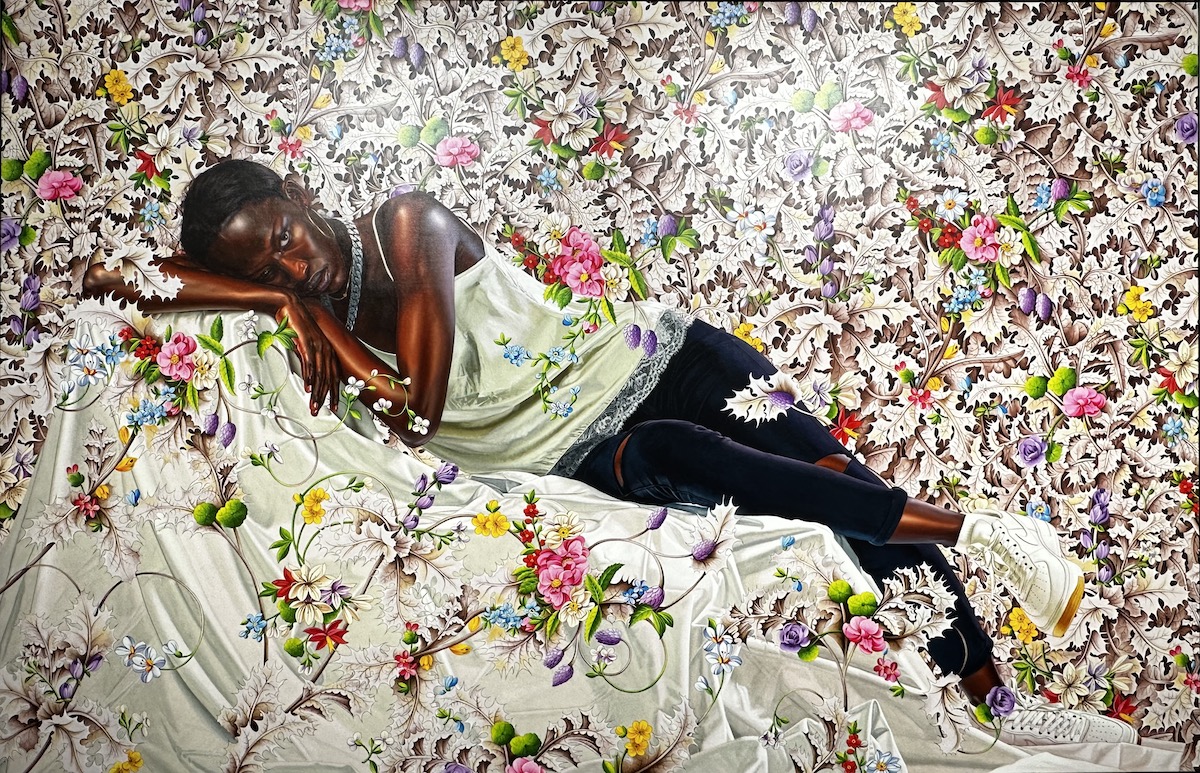
The “founding fathers” were then joined by wealthy local collectors: Martin Margulis, of The Margulies Collection at the Warehouse; Rosa and Carlos de la Cruz of the collection of the same name; Dennis Scholl, with his thousands of activities; Jorge M. Peréz who has contributed in the renovation of the Pérez Art Museum, also founding El Espacio 23, the personal extension of the collection; and last but not least, Alberto Ibargüen, President and CEO of the John S. and James L. Knight Foundation, which allocates thousands of dollars each year in support of the city’s arts and art institutions. The latest to benefit from these funds was Kathryn and Dan Mikesell’s Fountainhead: the artist residency, from which some of the most talented international artists emerge each year, which recently received the sum of $444,000.
Characters interacting for the welfare of the city and declaring themselves cohesive in the vision.
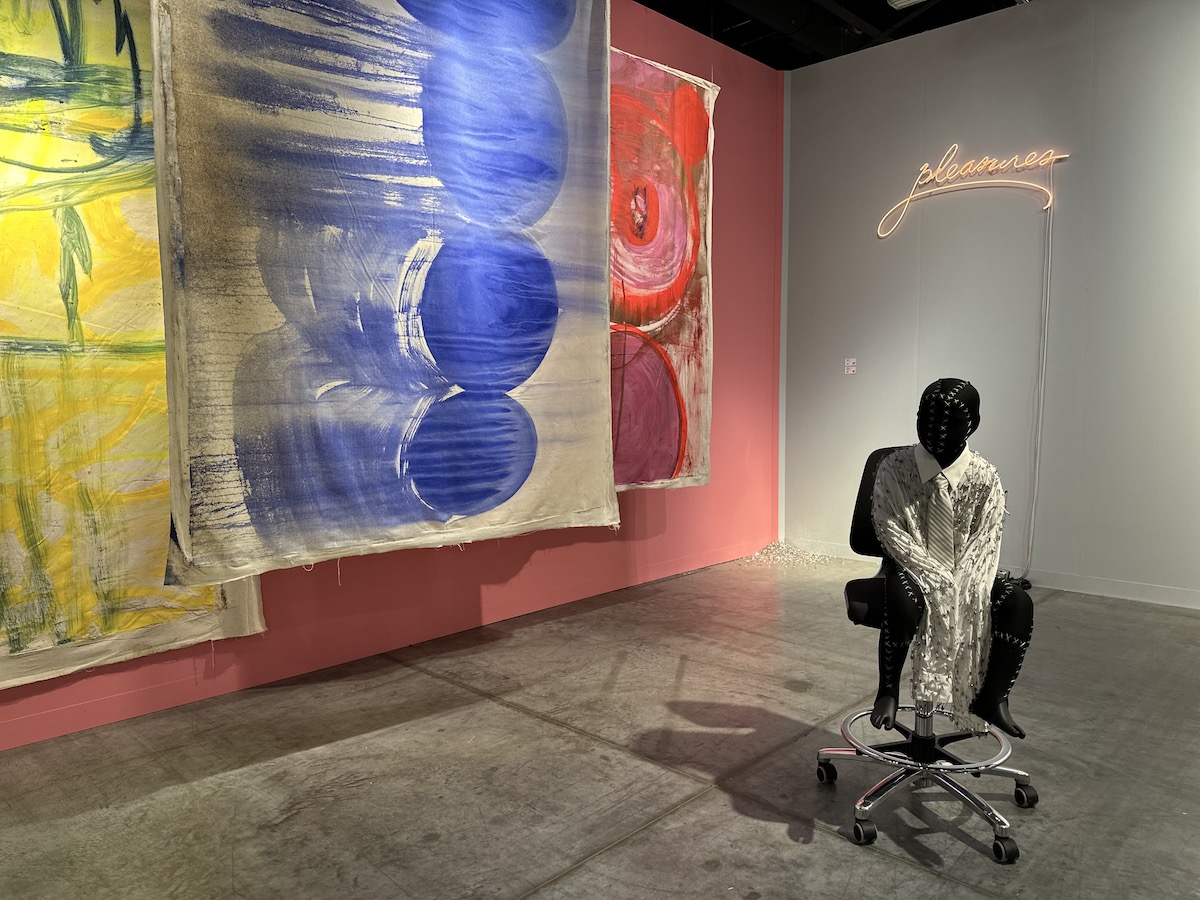
With that due, the 20th anniversary of Art Basel recorded a total attendance of 76,000 visitors, attracting major collectors and institutions from 88 countries.
The 20th edition of Art Basel/ Miami Beach, which follows the recent French debut among the halls of the Grand Palais in Paris, generated about $1.5 billion in revenue to the local economy in Miami during art week alone.
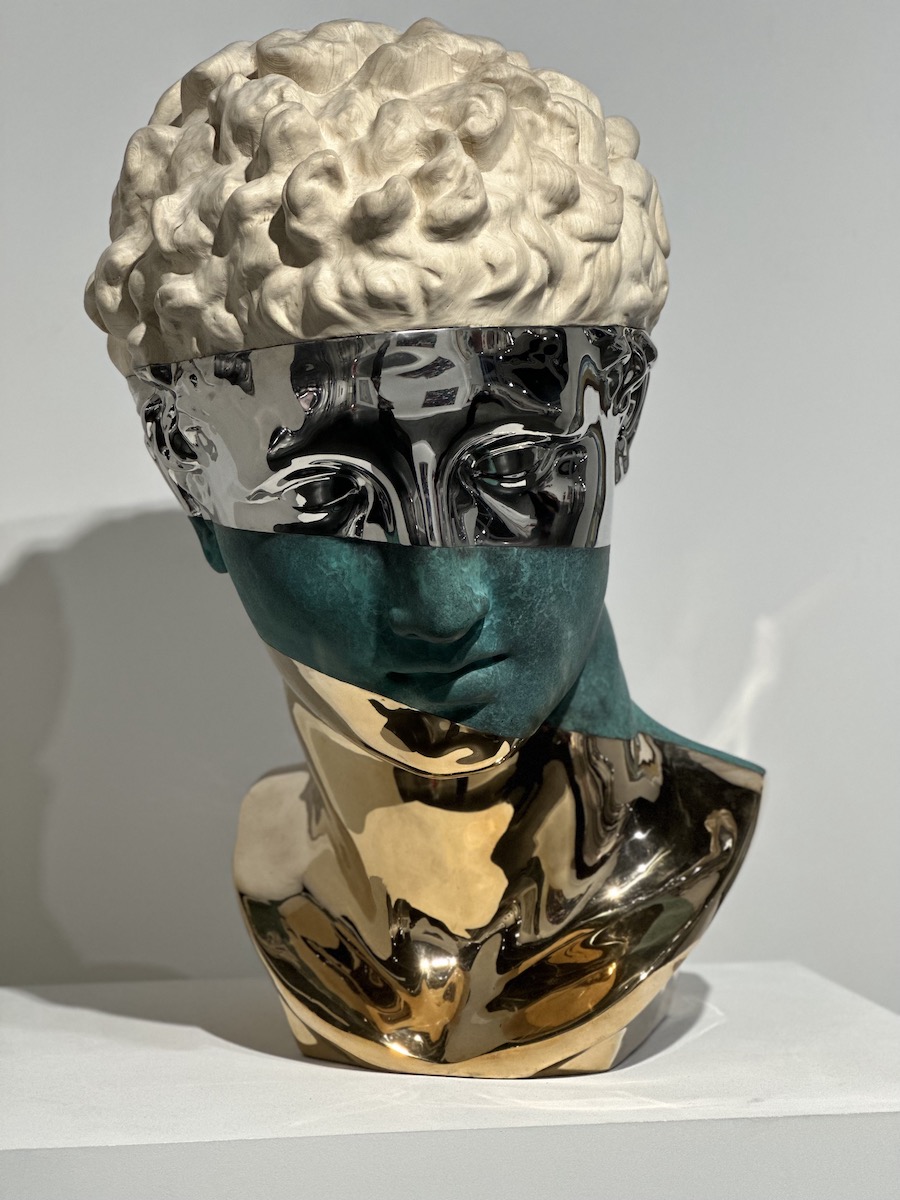
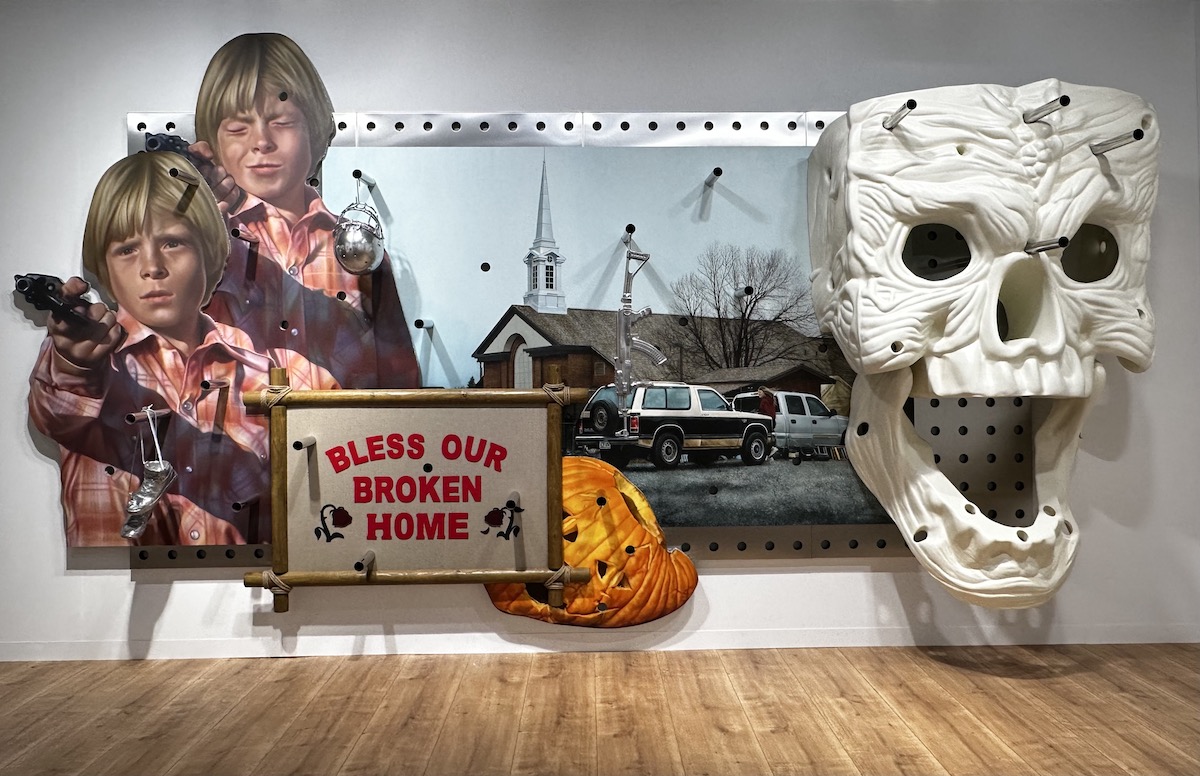
For the anniversary, the outgoing Marc Spiegler -former Art Basel Global Director- worked shoulder-to-shoulder with Art Basel’s new CEO, Noa Horowitz -who is already well known in the business and returning from his experience with auction house Sotheby’s- and they gathered 282 galleries from 38 countries under one roof, on a total area one-third larger than its Basel-based big sister. “The quality and ambition of the works featured in this year’s pavilions was unprecedented, sales were up across the board, and the city was thrilled,” said Noah Horowitz about the 20th edition of Art Basel/Miami Beach.
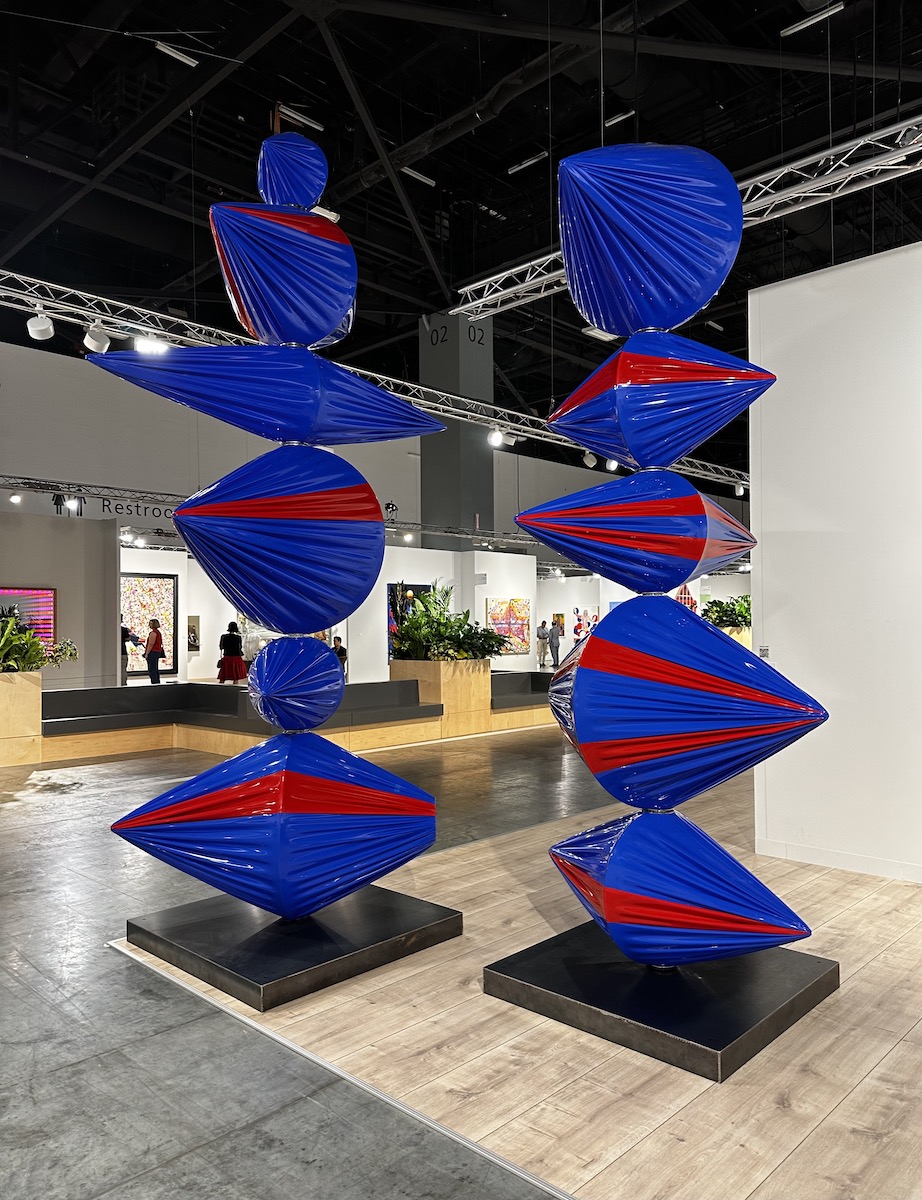
To celebrate its 20th anniversary, Art Basel launched a Gift-Giving campaign with a major donation to the STEAM + program, whose mission is to bring working artists to the seven public schools in the city of Miami Beach, which involves 5,000 children and teens each year and is run by the Bass Museum of Art, in collaboration with many other local institutions.
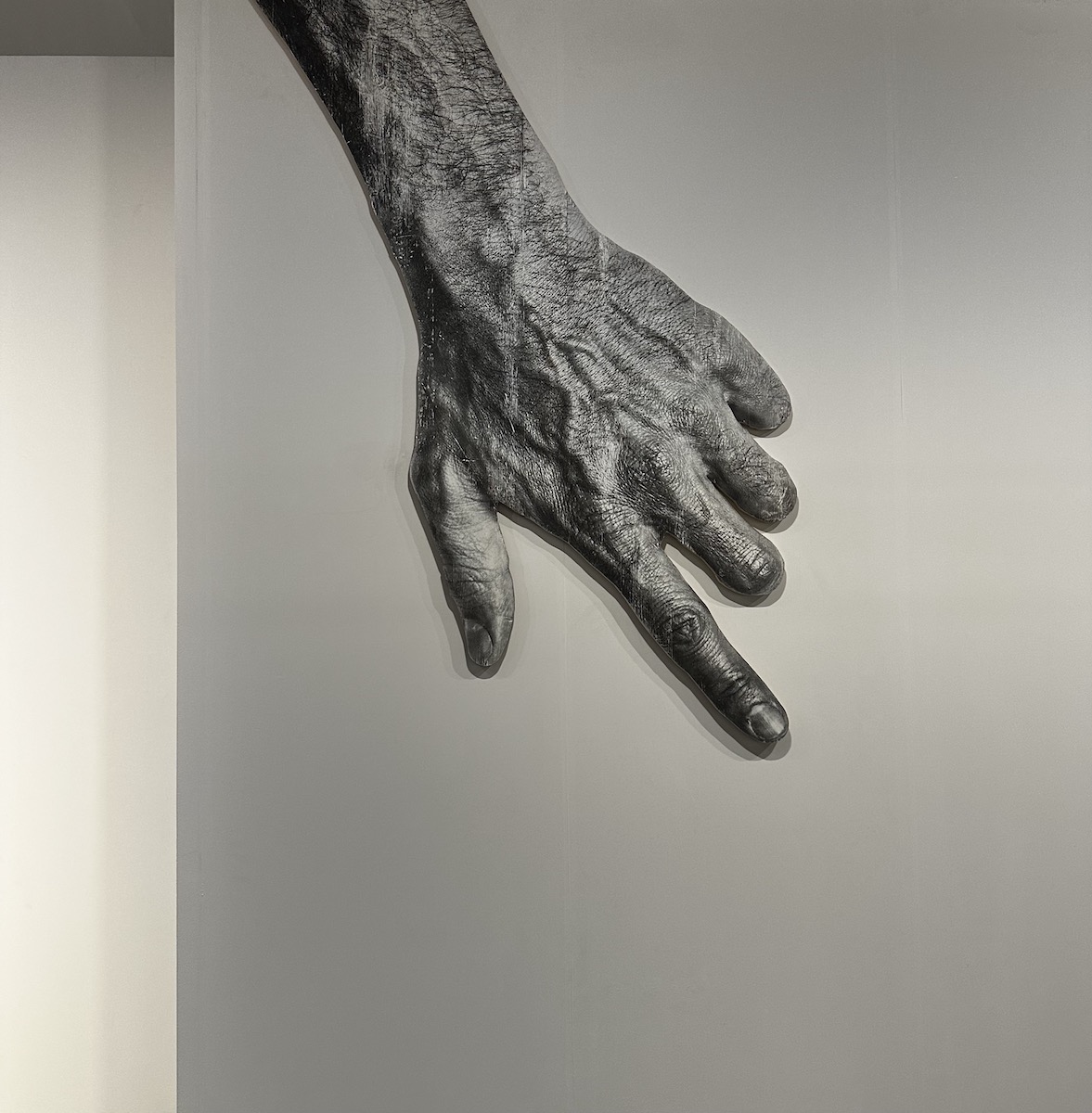
The exclusive entrance, reserved for collectors on the first two days of the event, was attended by VIPs and celebrities, such as Leonardo DiCaprio, Martha Stewart, Venus Williams, and Pharrell Williams, who met with the artists at the various booths at the fair.
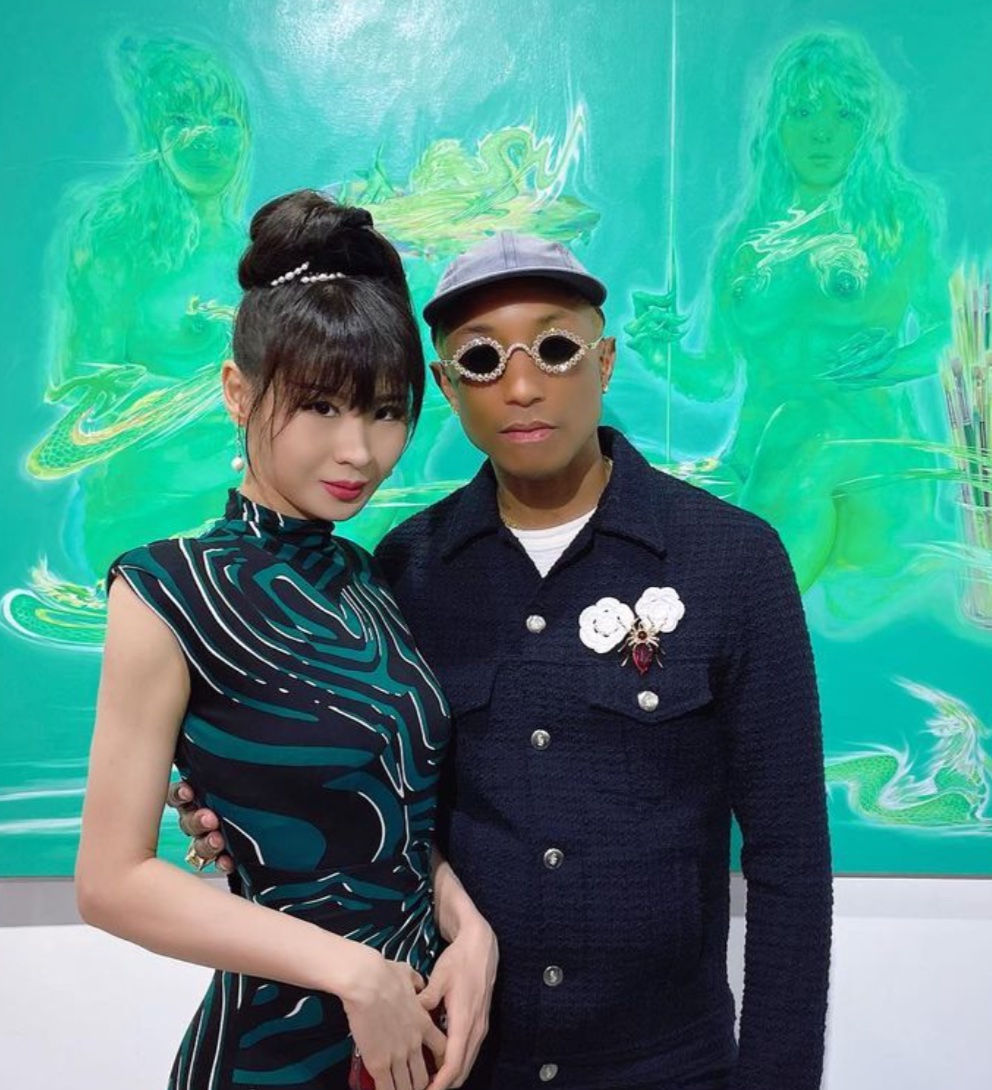
On display at the 20th edition of Art Basel were, as always, the works with the “WOW” effect that attracted visitors and will be remembered in the history of the fair for their surprise effect and glamorous impact on the public.
But this is part of the art game of the big fairs, and so they are worth playing and mentioning.
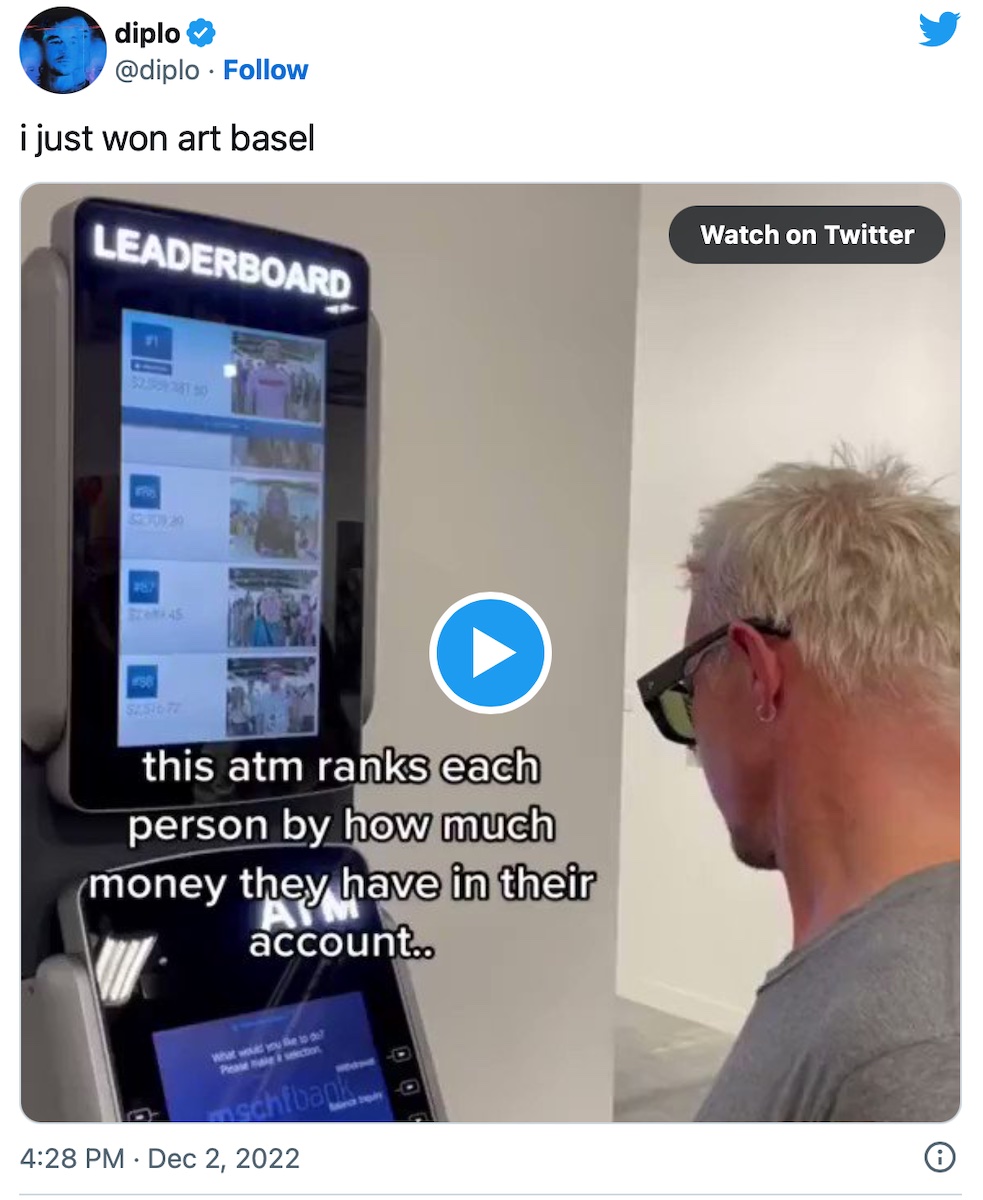
This year’s catatonic installation was ATM Leaderboard by the MSCHF collective exhibited by the Perrotin gallery-the same one, to be clear, that featured Comedian, Maurizio Cattelan’s famous banana unveiled in 2019 and made headlines. MSCHF’s interactive work (valued at $75,000) made public the bank account balances of those who entered their credit cards, drawing up a ranking, complete with a photo of the winner. It was American DJ Diplo who got the top spot on the leaderboard, with his $3 million, celebrating the moment on social media. Beyond the criticism and reticence of viewers, somewhere between indignant and curious, MSCHF’s work invites viewers -not surprisingly in a city like Miami- to reflect on why people are comfortable with visible signs of wealth, such as designer clothes and flashy cars, but not with the public display of an actual price tag.
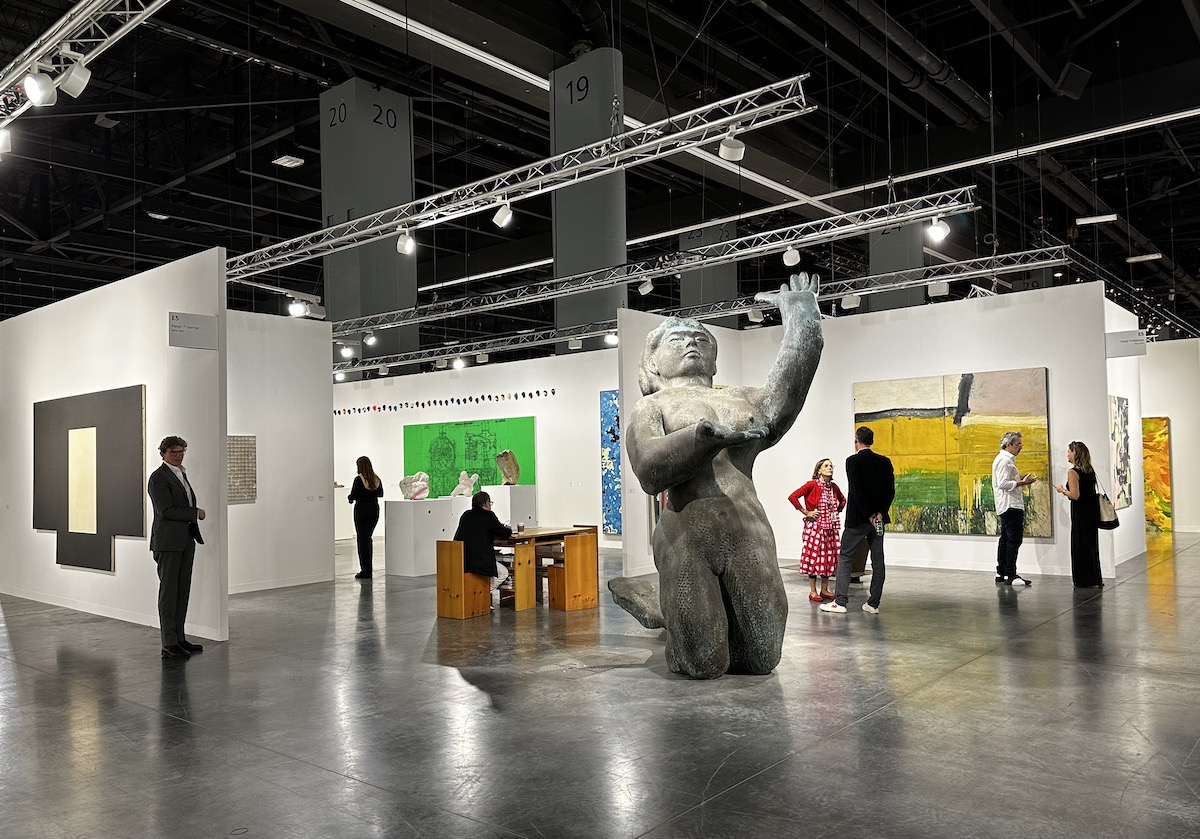
Art Basel is divided into sectors, each with its own characteristics, and Miami Niche’s approach to the artworks on display is based solely on personal reflection and taste.
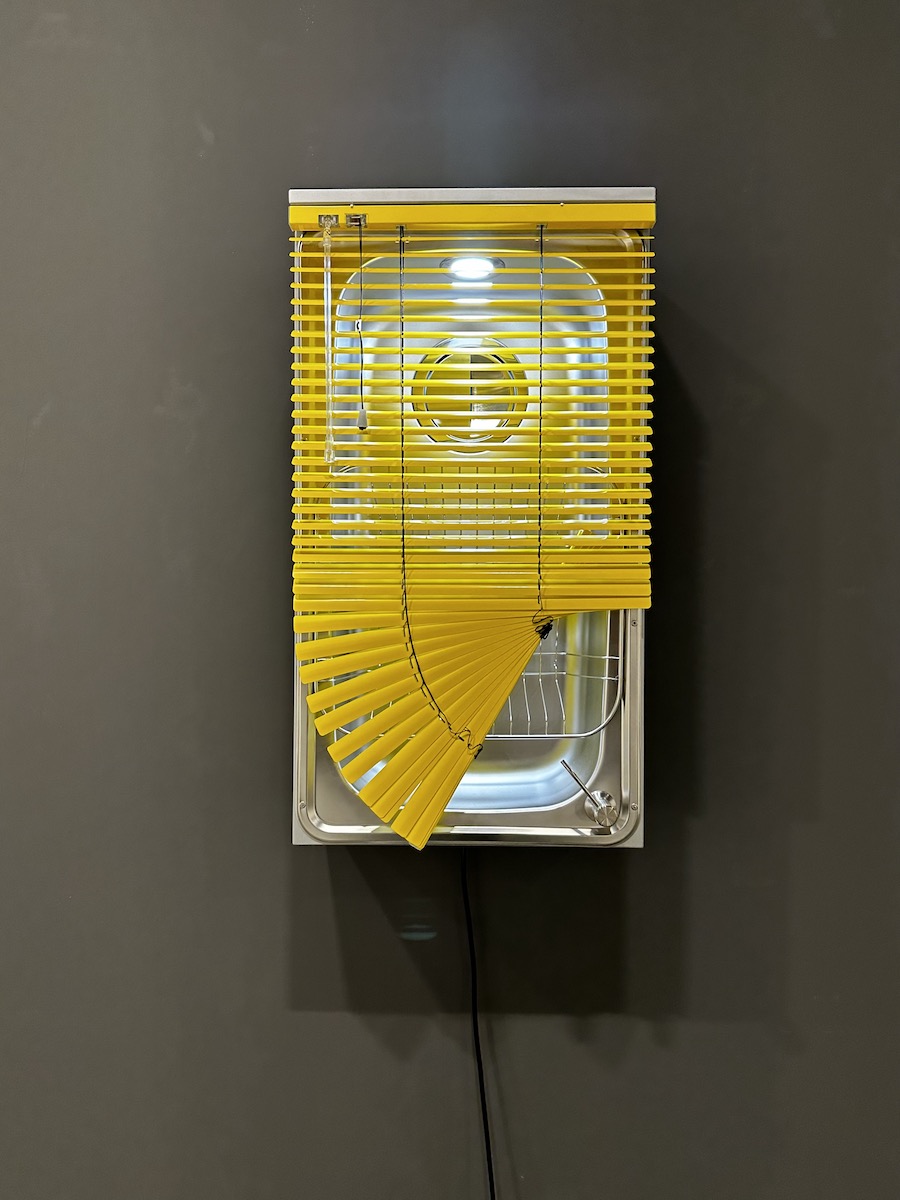
Among the various sectors of Art Basel/MiamiBeach, the MERIDIANS sector was curated for the third time by Magalí Arriola, director of the Museo Tamayo in Mexico City. The purpose of Meridians is to present ambitious and monumental works that push the boundaries of the fair’s traditional layout. This year Meridians presented 20 large-scale projects by renowned and emerging artists, among them: Birth, the work by celebrated and pioneering feminist artist Judy Chicago, also on view with other iconic pieces at Jeffrey Deitch Gallery. The work, part of Birth Project (1980-1985) at 20 feet long and 8 feet high, represents the largest crocheted work made by the artist in collaboration with women workers in the field. The monochromatic work is an interplay of positive and negative spaces that renders the image of a woman giving birth. A taboo totally absent in Western artistic representation, it becomes for Judy Chicago a cosmic abstraction
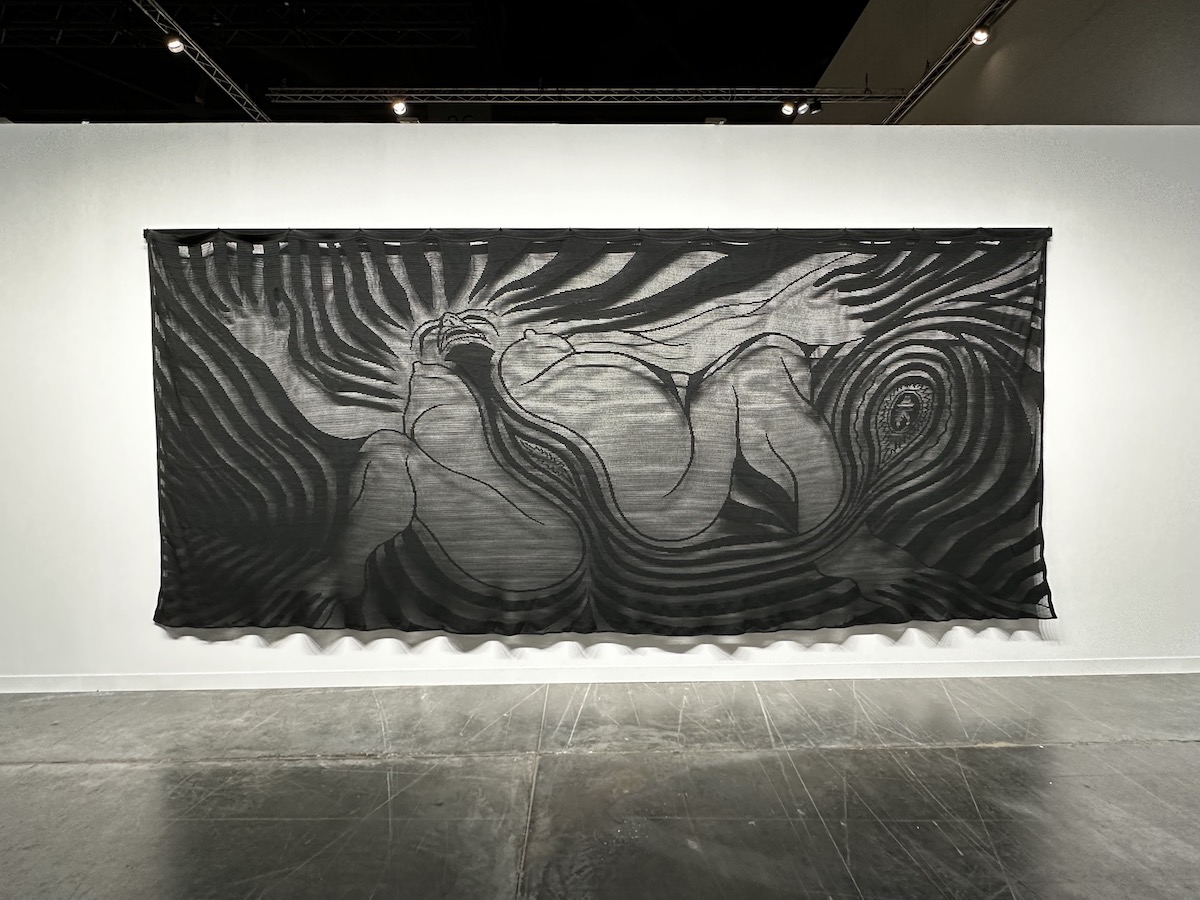
Chair, on the other hand, is the 6-hour-long (daily) performance/sculpture by artist María José Arpona, which remained suspended in space under the comings and goings of visitors. Her work revolves around the concepts of objectivity, and the ephemeral aspects of experience, memory and storage, revealing the critical role of the body in dealing with movement, in a given space, as a choreographic form.
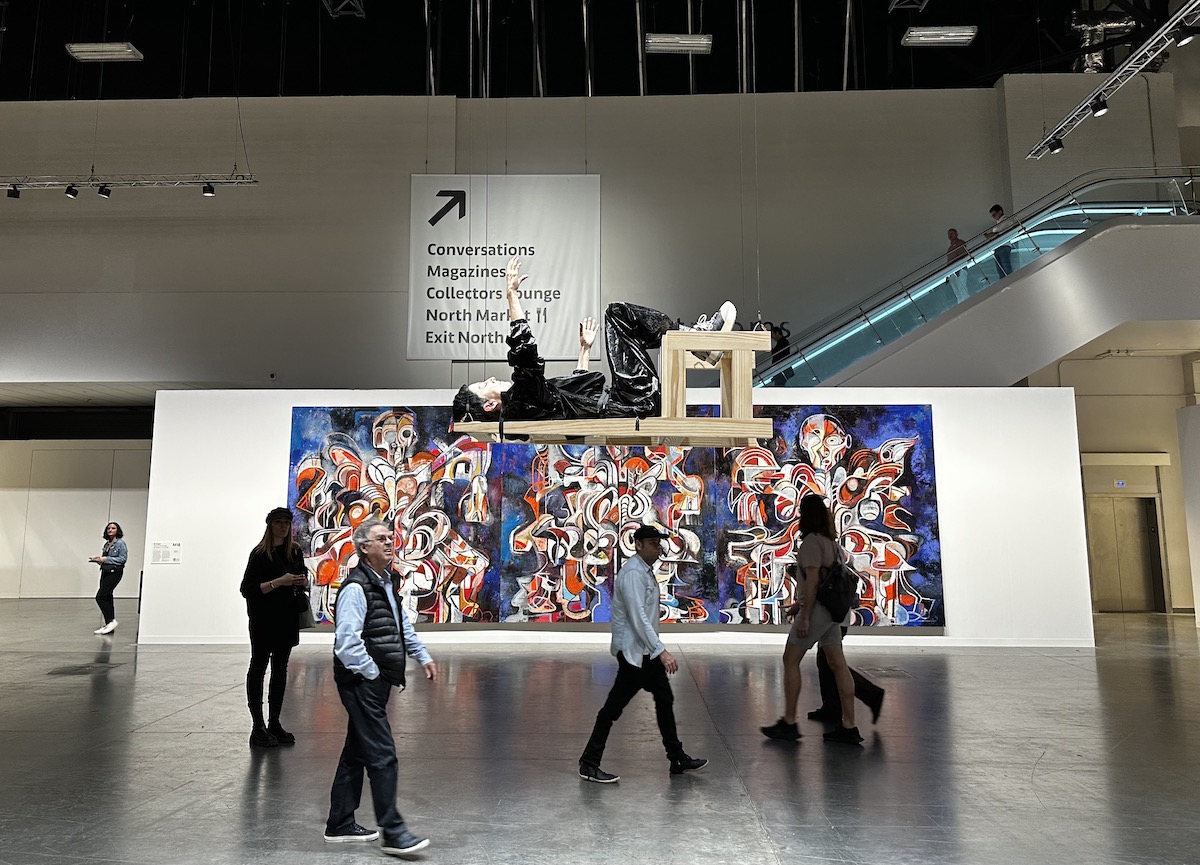
The KABINETT sector, offers galleries the opportunity to present concisely curated installations within their booths, and this year saw the participation of 29 galleries.
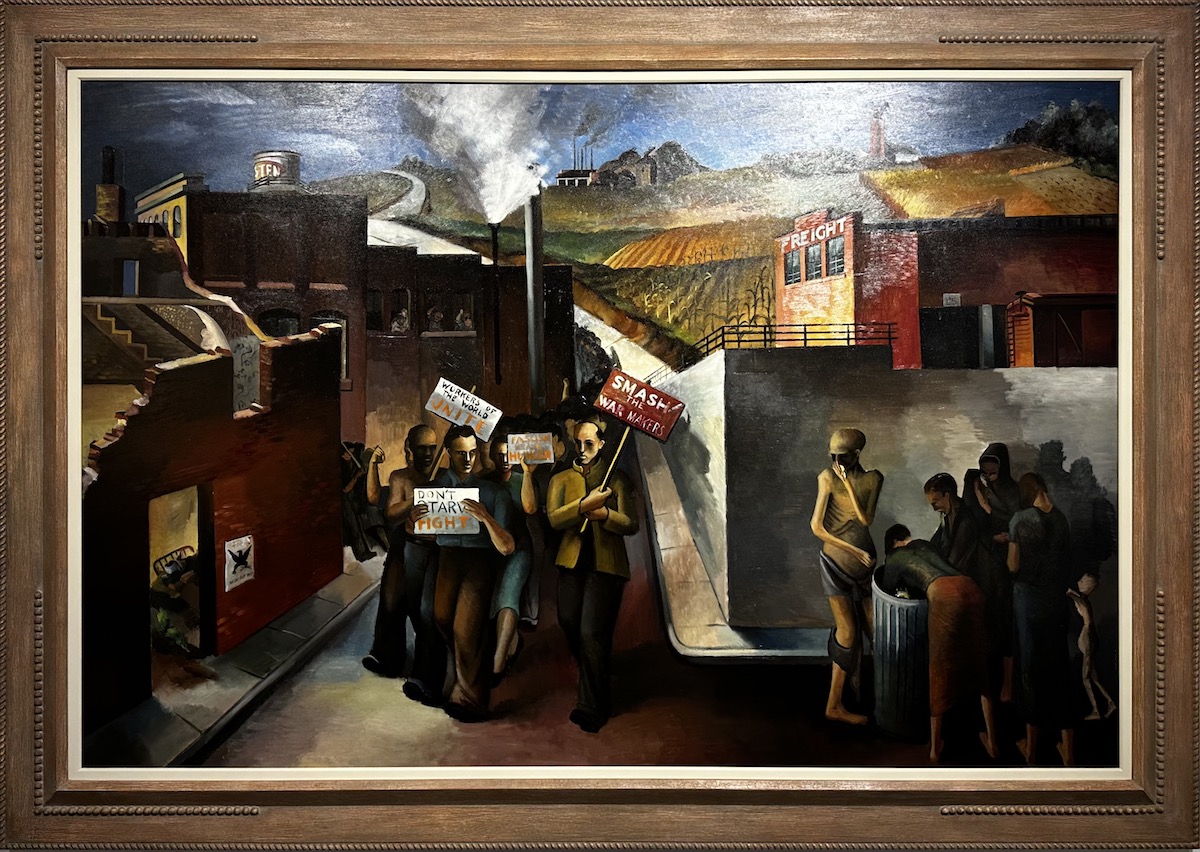
Among them, Hairschl & Adler Modern gallery, presented works by the late Joe Jonese and Gorge Tooker. Both inspired by sentiments of struggle for equal civil rights, Joe Jones’s work Demonstration -which recalls, in certain aspects of composition and meaning, Pellizza da Volpedo’s work The Fourth Estate- represented the historic Funsten Nut strike of 1933: a landmark event that paved the way for other worker protests for equal pay and living wages.
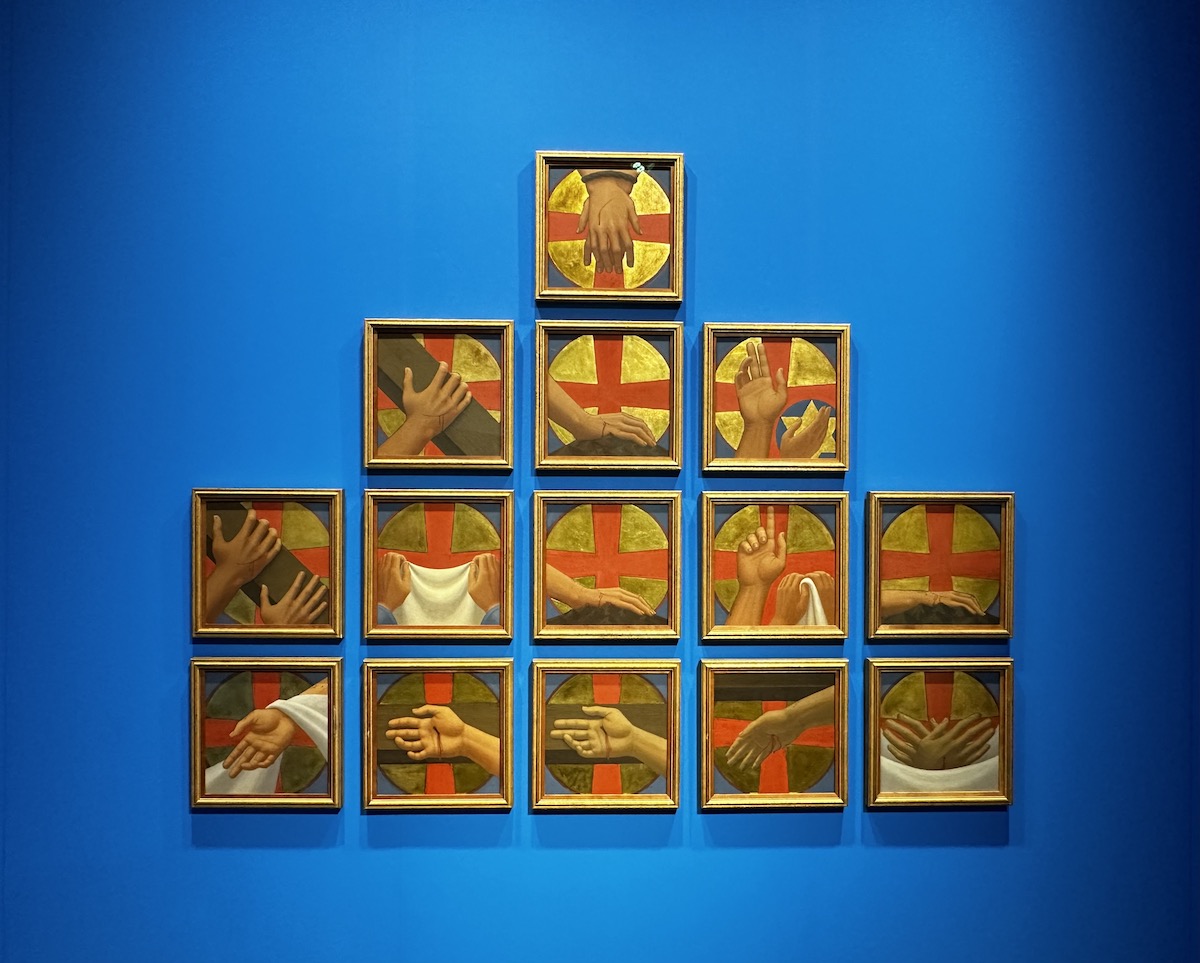
Gorge Tooker, on the other hand, as a civil rights advocate who walked with Martin Luther King, Jr. on the Freedom Riders’ long march from Selma to Montgomery, Alabama, has created a metaphorical work outside the stylistic canons to which Art Basel has accustomed us. As in Martin Luher King’s long walk, and in keeping with the depiction of religious icons, Tooker depicted 14 panels that make up the Stations of the Cross and Jesus’ long march on the Via Dolorosa in Jerusalem: from his condemnation by Pontius Pilate and Roman law, to his deposition in the tomb outside the city walls.
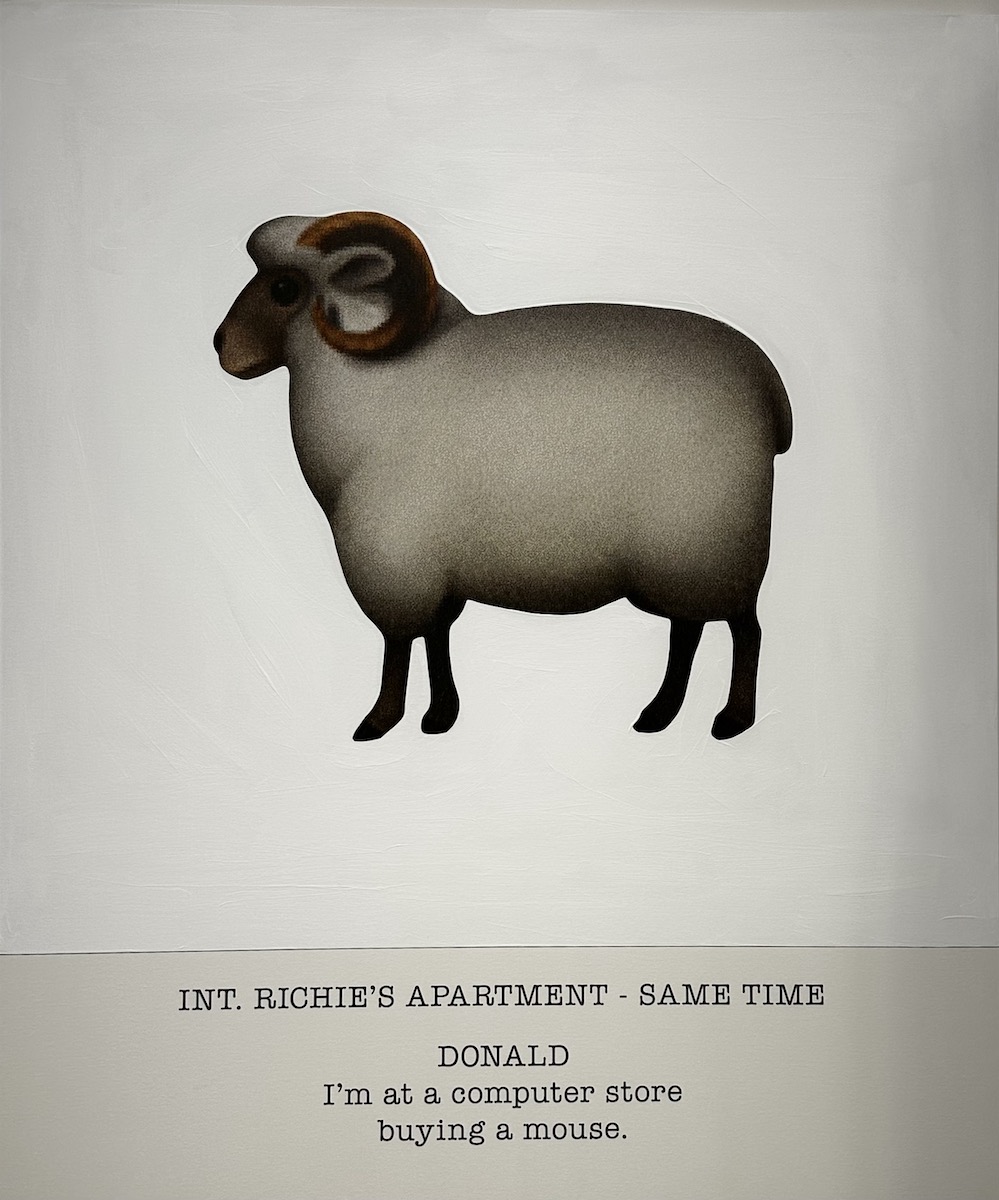
Of a more modern character was the work of John Baldessarri proposed by Mai 36 Gallery. John Baldessarri, was one of California’s most important conceptual artists. His works , endowed with light humor that also reflect the influence of Pop Art, are characterized by the photographic association with texts. John Baldessarri’s works are featured in the Craig Robins collection set up in the Dacra spaces, and his appreciation of the artist, and friend, went so far as to invite him to do the garage facade in the Miami Design District.
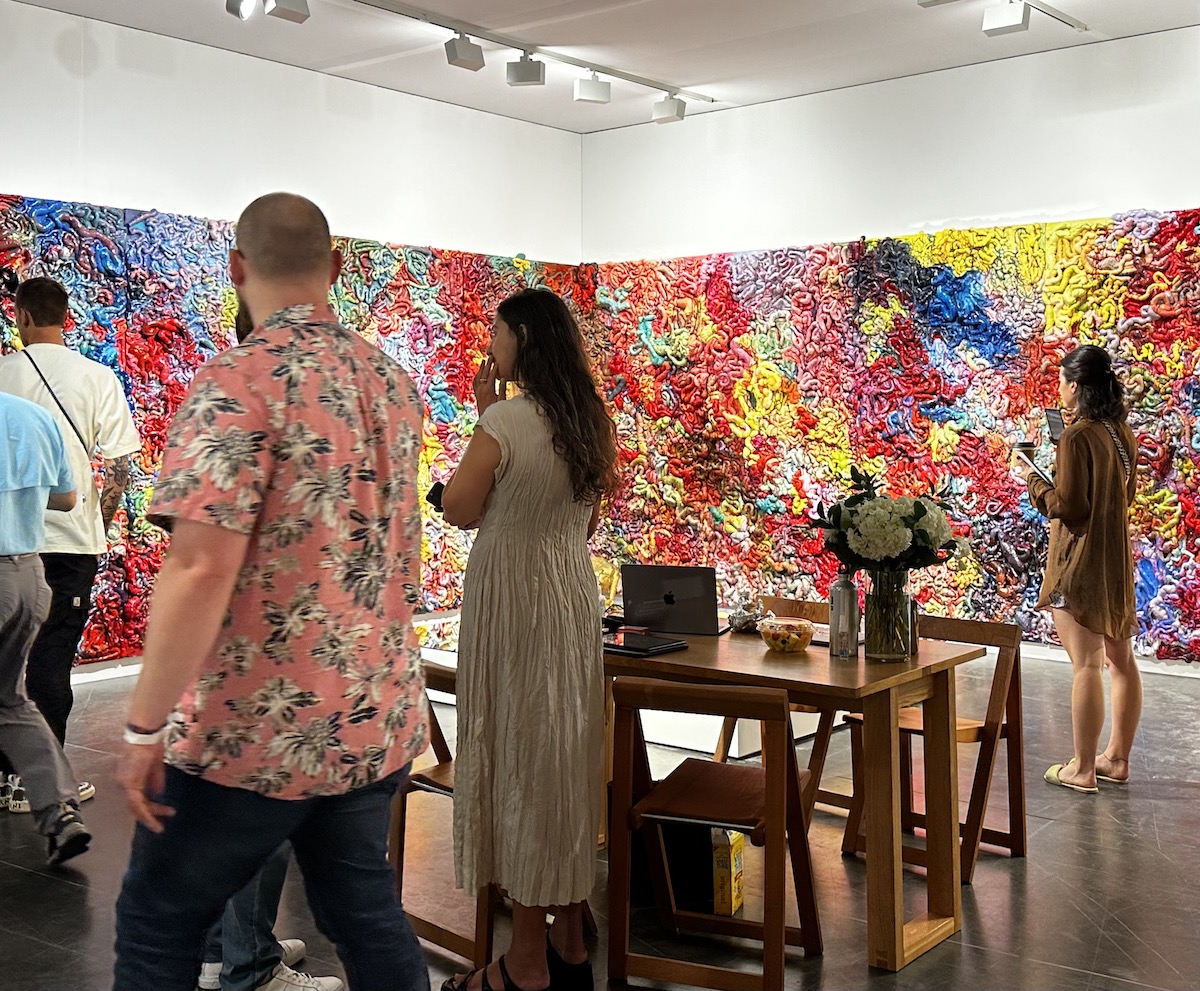
On display for the Anton Kern Gallery were the suspended, mixed-media sculptural works of Ghanaian artist Lloyd Foster, who described his work as, “an exploration, physical and metaphorical, of what represents ‘distant time’ in the complex relationship between photography, time, experience, memory and loss.”
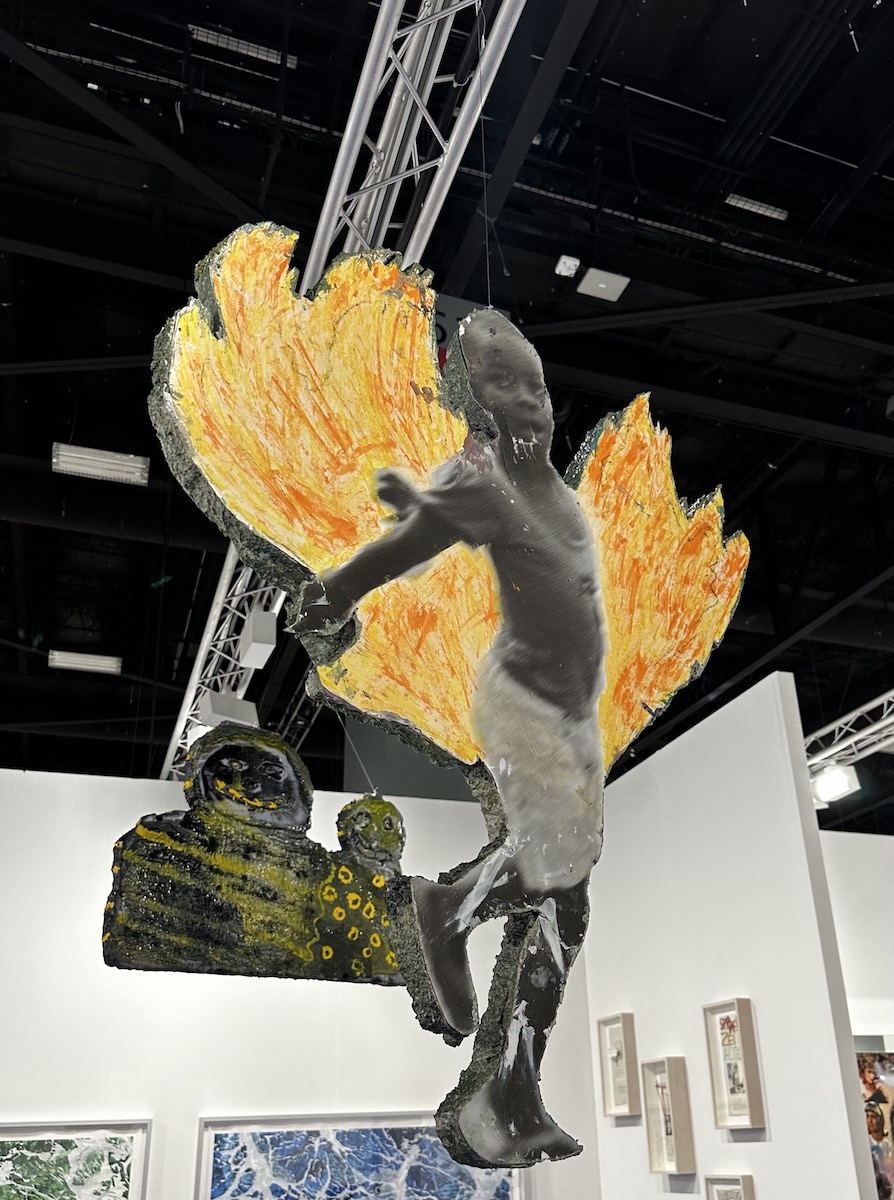
The POSITIONS sector, which shows solo exhibitions of emerging international artists, presented 19 artists while welcoming 11 new participants to its spaces. Among the galleries in the Positions sector, Night Gallery presented the immersive installation, “Under a Skin Roof” by Samara Golden. The work, consisting of a set of “chromatic intestines” made from expandable spray foam, acrylic paint and nail polish caught both the attention of the public and that of Jeff Koons, among the fair’s celebrated visitors.
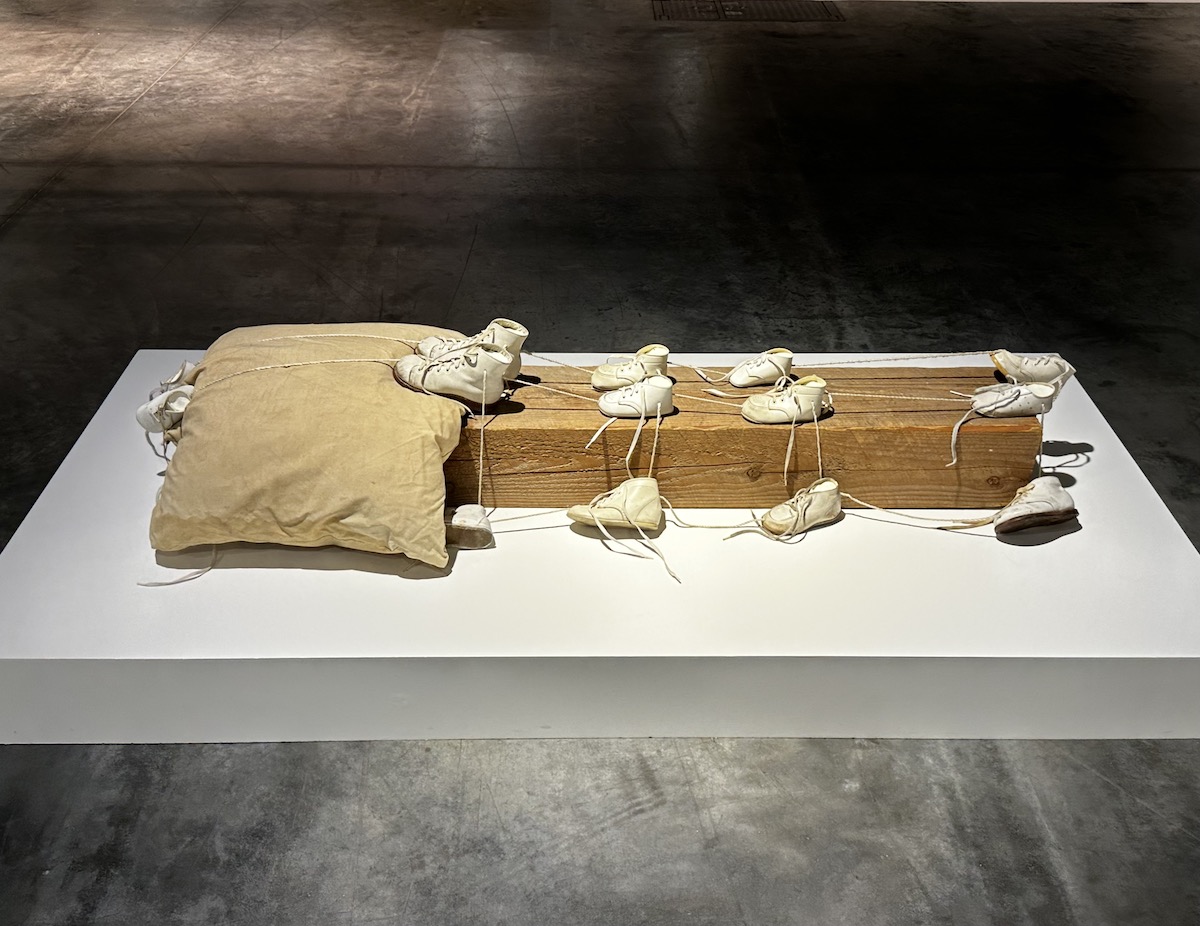
The SURVEY sector exhibits works created before 2000 and includes 17 galleries, including 9 new entries. Among the works on display are those by artist Rona Pondick, represented by Steven Zevitas Gallery. The work, consisting of a wooden crate and a pillow on which little girl’s shoes are laced together, addresses the theme of metamorphosis inspired by Kafka’s psycho-surrealist drama with clear references to the drama of illegal immigration.
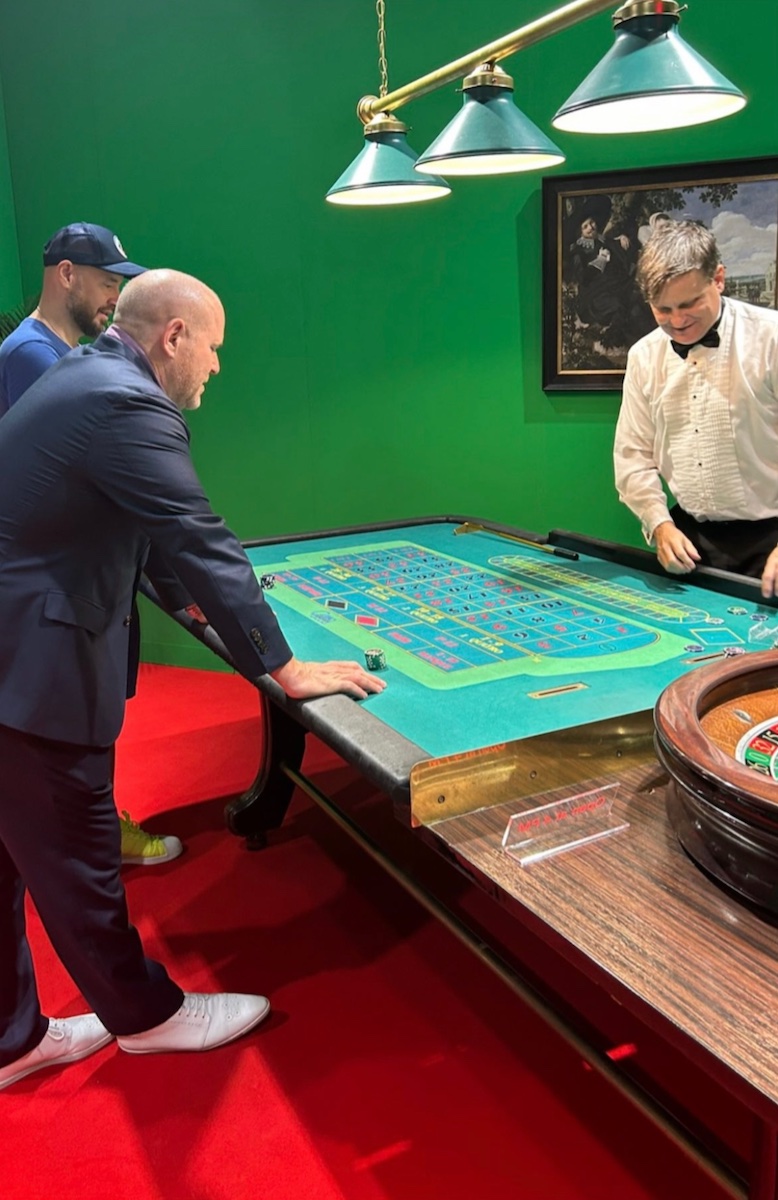
Among the other works on display in the Positions section was Guillaume Bijl’s Casino installation for Meredith Rosen Gallery, complete with roulette and blackjack tables, honeyed prints on the walls and two professional dealers. The work, shown for the second time (after a first exhibition in 1984) is meant to be literally an analogy about the passage of time in indoor settings, such as casinos or fairs, in which, the artificial and continuous light, make one lose track of time. The work was valued at $250,000.
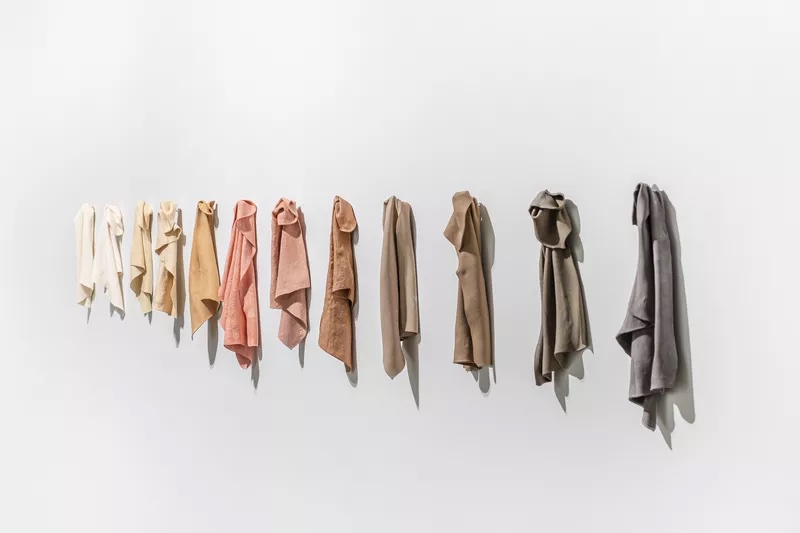
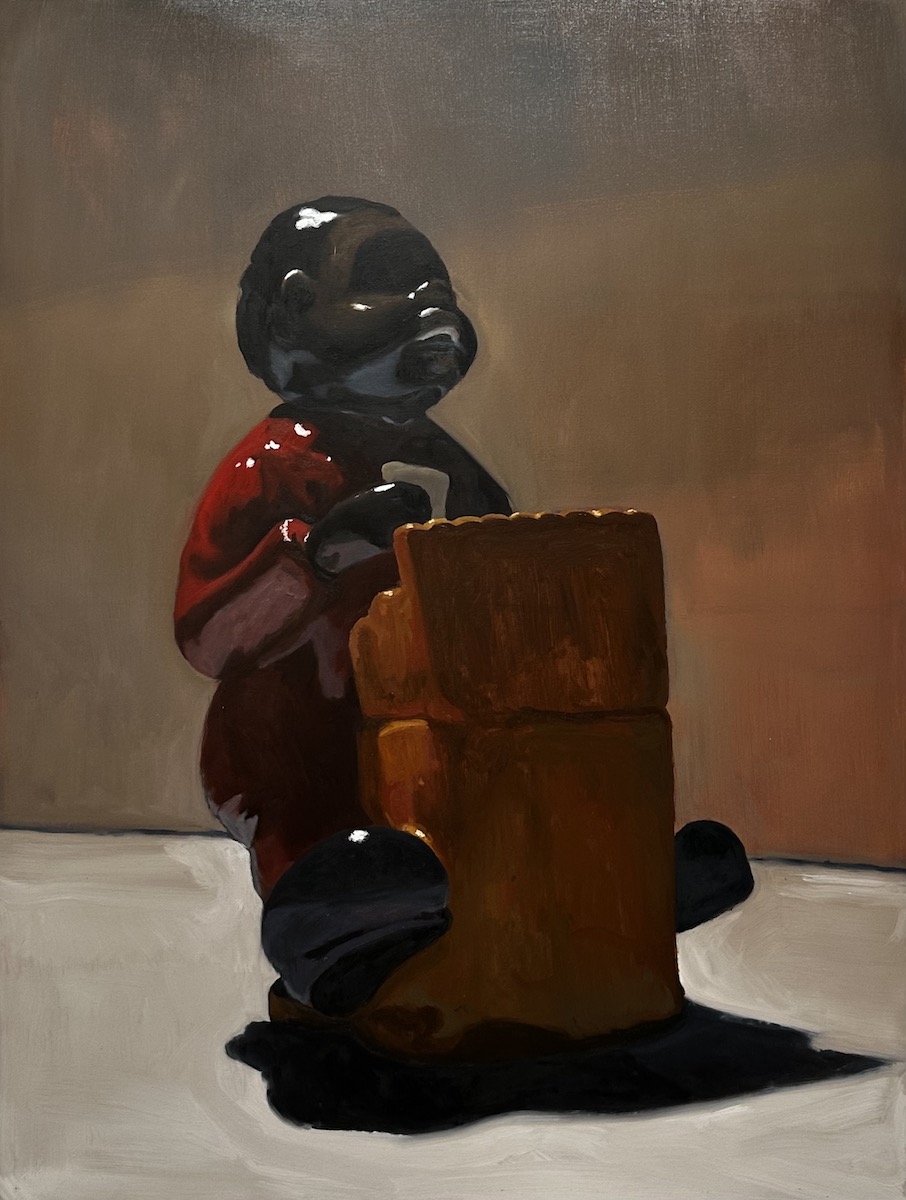
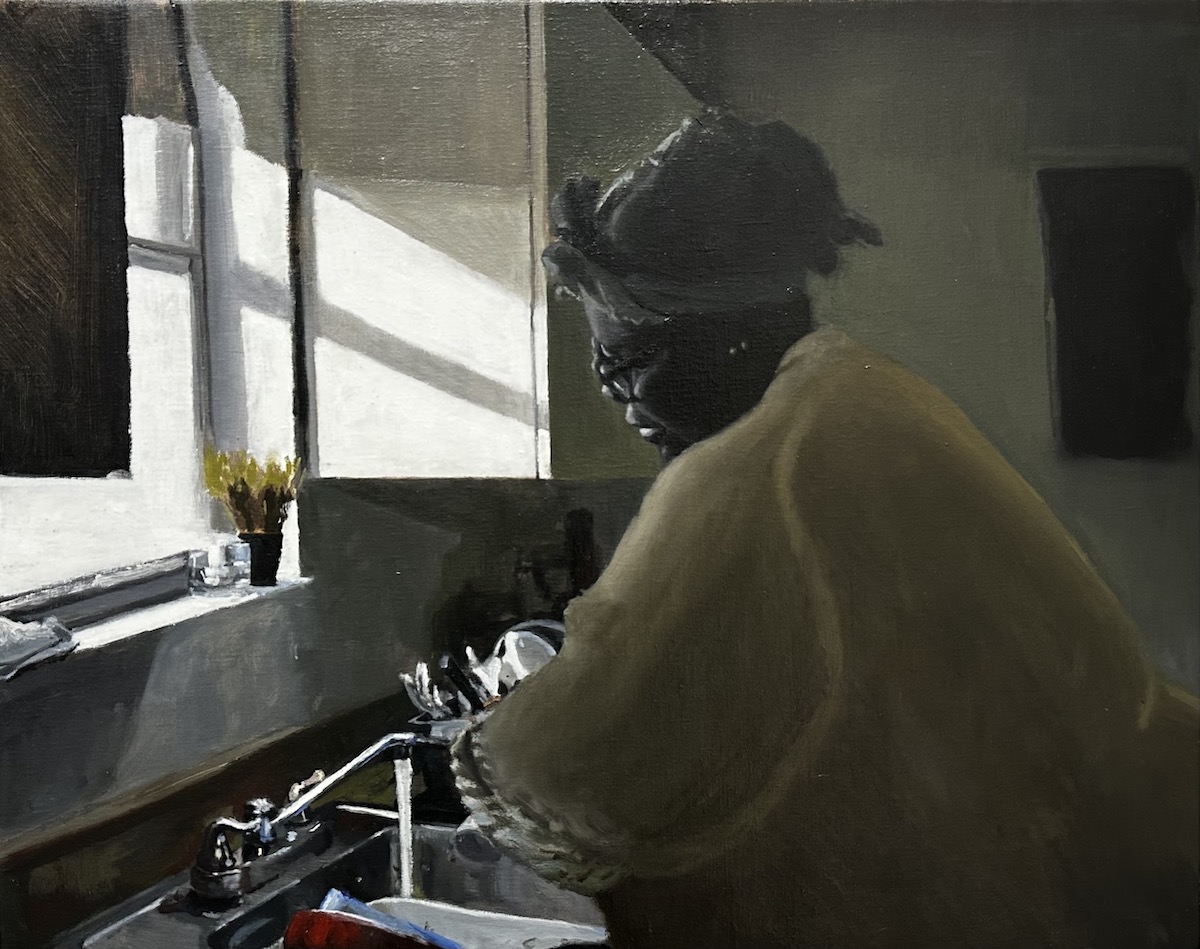
The NOVA sector is dedicated to galleries presenting new work by up to three selected artists, per gallery. Among the most interesting galleries at the 20th edition of Art Basel was that of Anthony Spinello, of the eponymous Spinello Project in Miami. A choice motivated both by a desire to represent important local artists and by the originality of the works on display.
On display, in addition to the porcelain work by Juana Valdés -Colored Bone China Rags (winner of the City of Miami Beach’s Legacy Purchase Program, which will set up the work, as usual, in a dedicated area accessible to the public at the Miami Beach Convention Center) were the works of Reginald O’Neal. A fine Miami artist and former Rubell Museum artist-in-residence from last year, who exhibited two still life works -among them a large-scale one- and a very evocative figurative work, played, as usual on his signature dark tones.
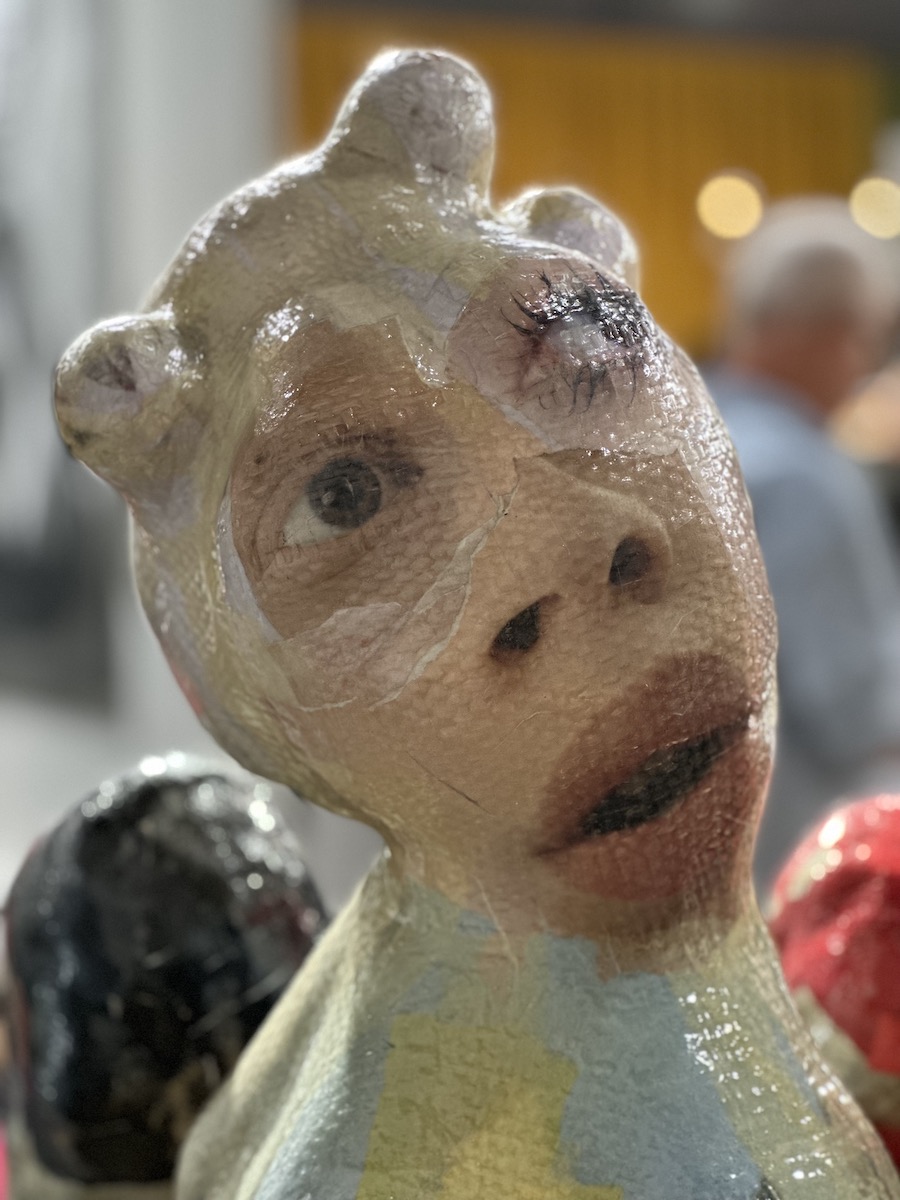
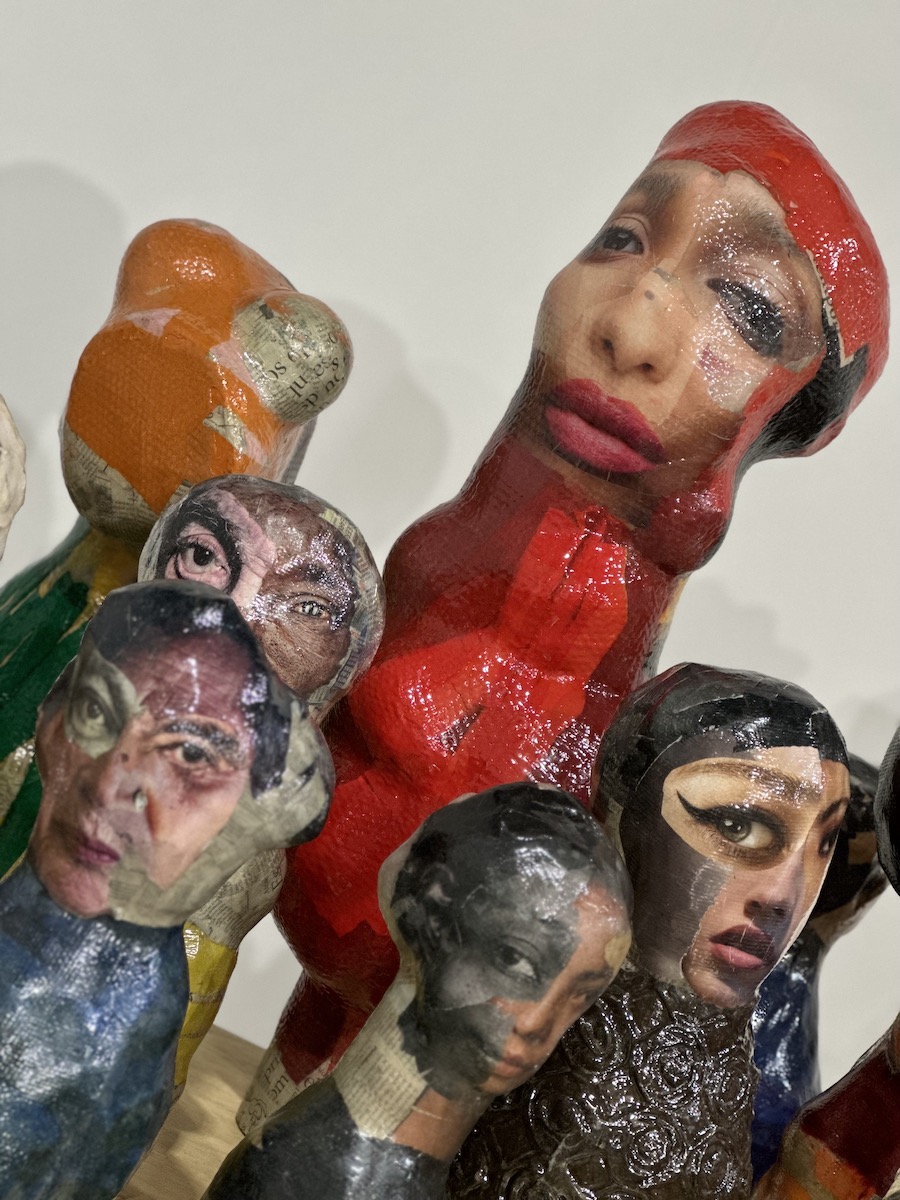
Always in the Nova sector, and confirming the fact that nearly two-thirds of this year’s participating galleries were based in North and South America, with galleries from Colombia, Cuba, Guatemala, Peru and Chile, among others were the works of Marcela Correa for the Patricia Ready Gallery in Santiago, Chile. Correa, whose past also includes a collaboration with Alexander McQueen, is an extraordinary sculptor whose emotional works -which are part of the SOMOSMONOS series- are a kind of multifaceted portrait sculpture that are able to capture the viewer’s attention, and emotions, at first glance.
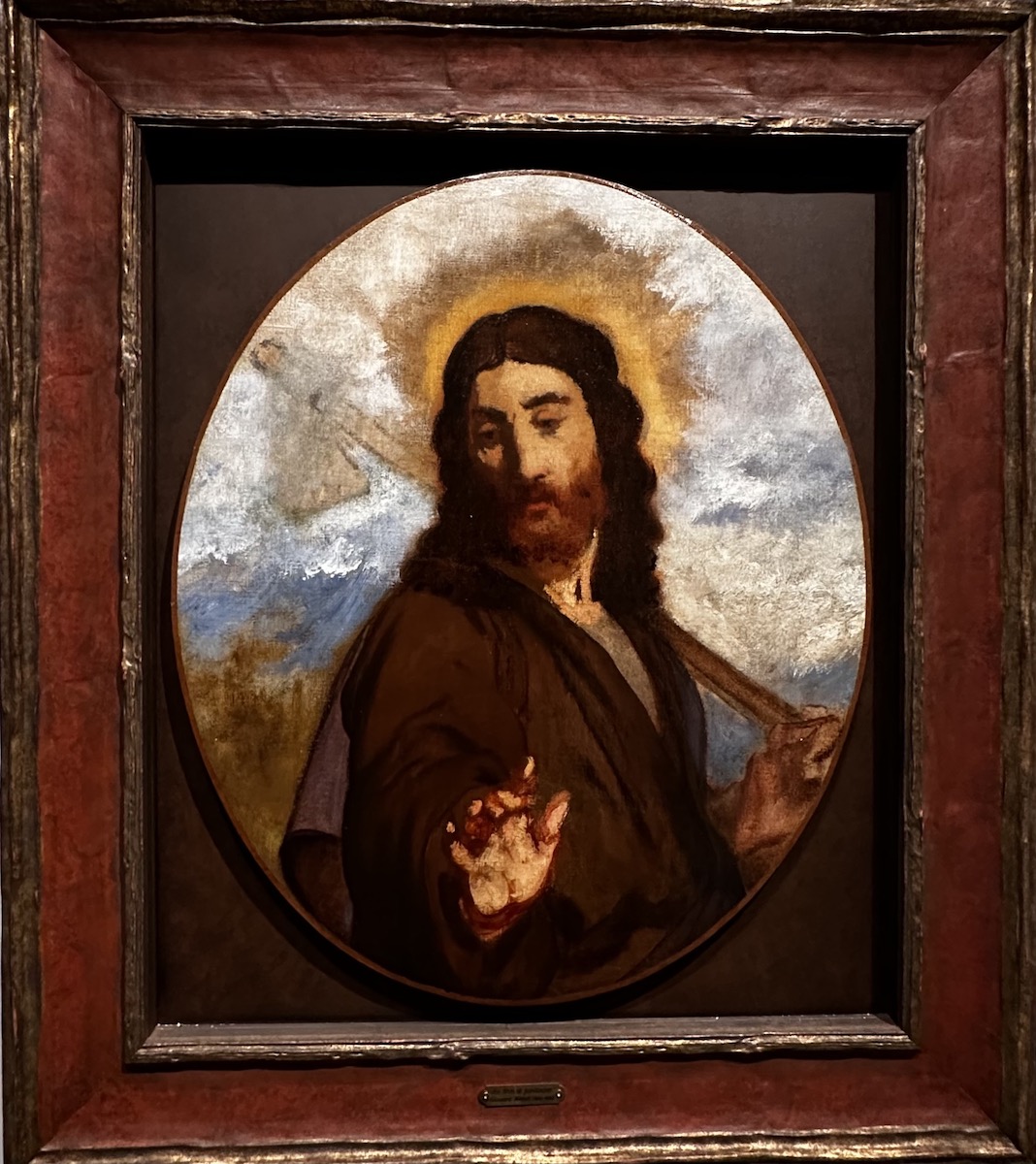
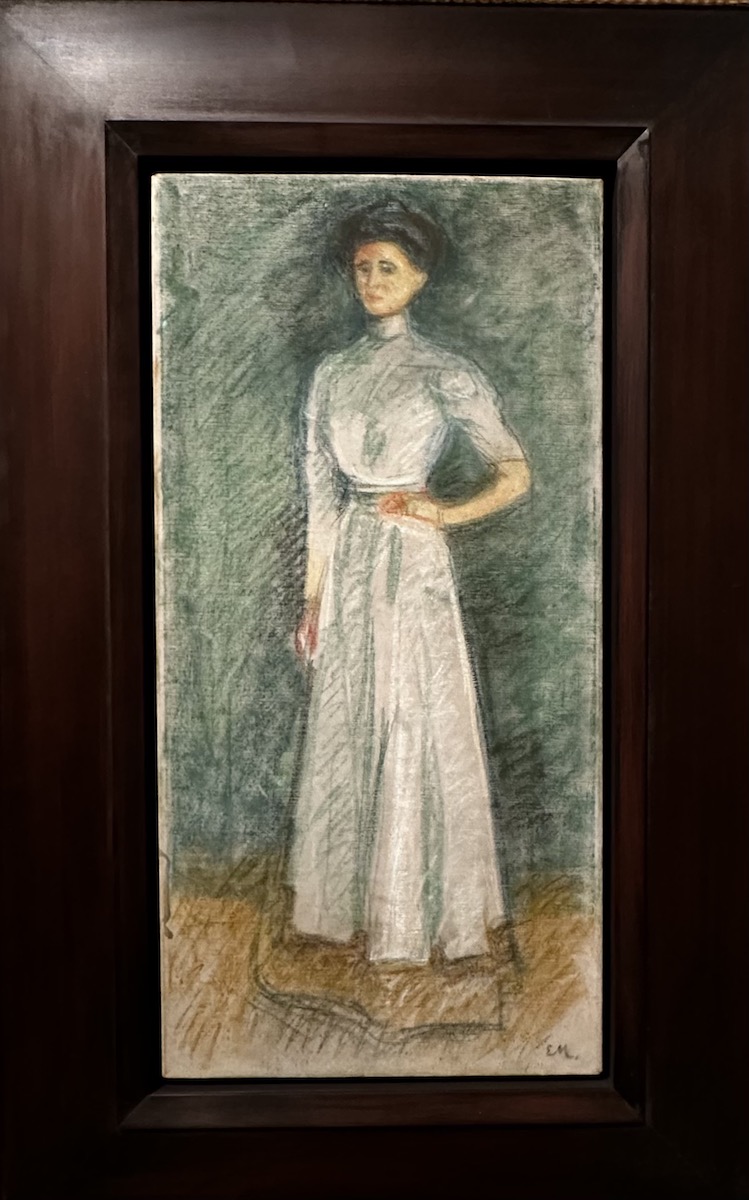
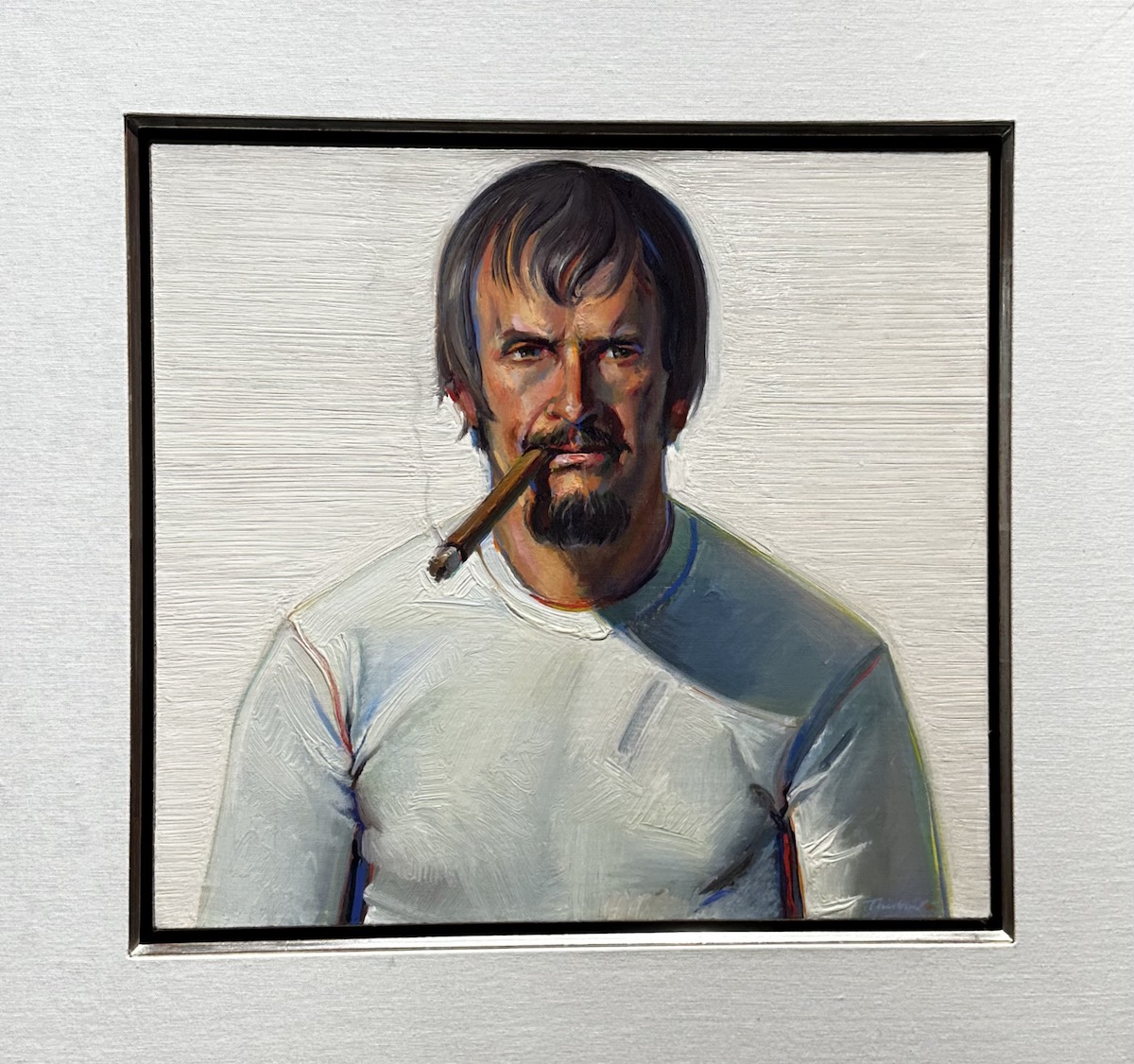
The GALLERIES sector is the historical sector. The most extensive and complex of the entire fair. In it are galleries offering both masterpieces of the past and futuristic works. Among them is the Marllborough Gallery, which exhibited the precious-and unusual compared to their genre-paintings of Eduard Manet and Edward Much, as well as those of the more modern Francis Bacon and Whyne Thiebaud.
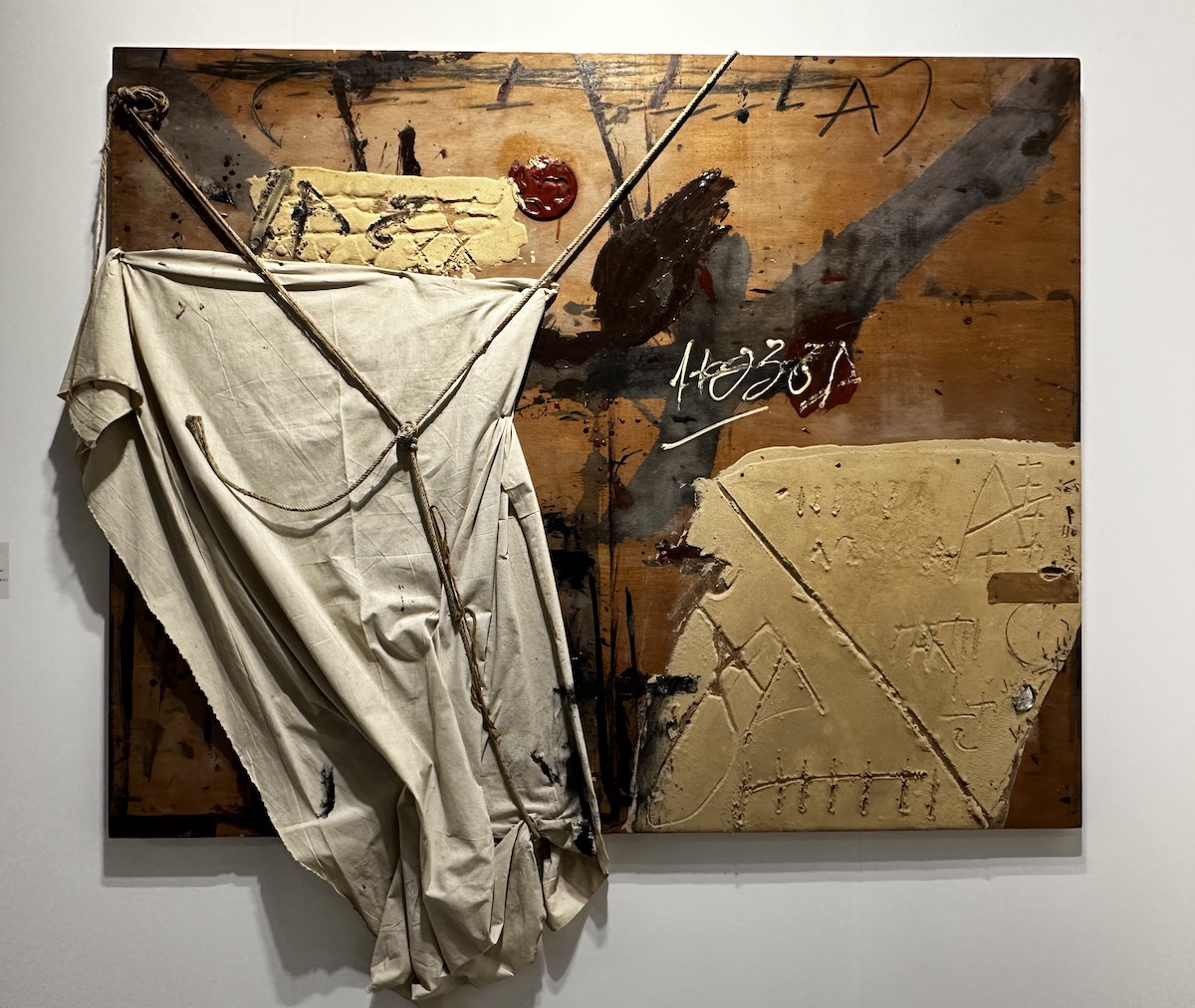
The Mayoral Gallery exhibited the work of Antonio Tàpies, among the best-known Spanish (Catalan) artists who emerged in the post-World War II period. Tàpies was the co-founder of the first postwar movement in Spain, linked to the Surrealist and Dadaist movements and known as Dau al Set. Tápies became an informal artist, working in a style known as “pintura matèrica” in which nonart materials were incorporated into paintings, such as the one on display.
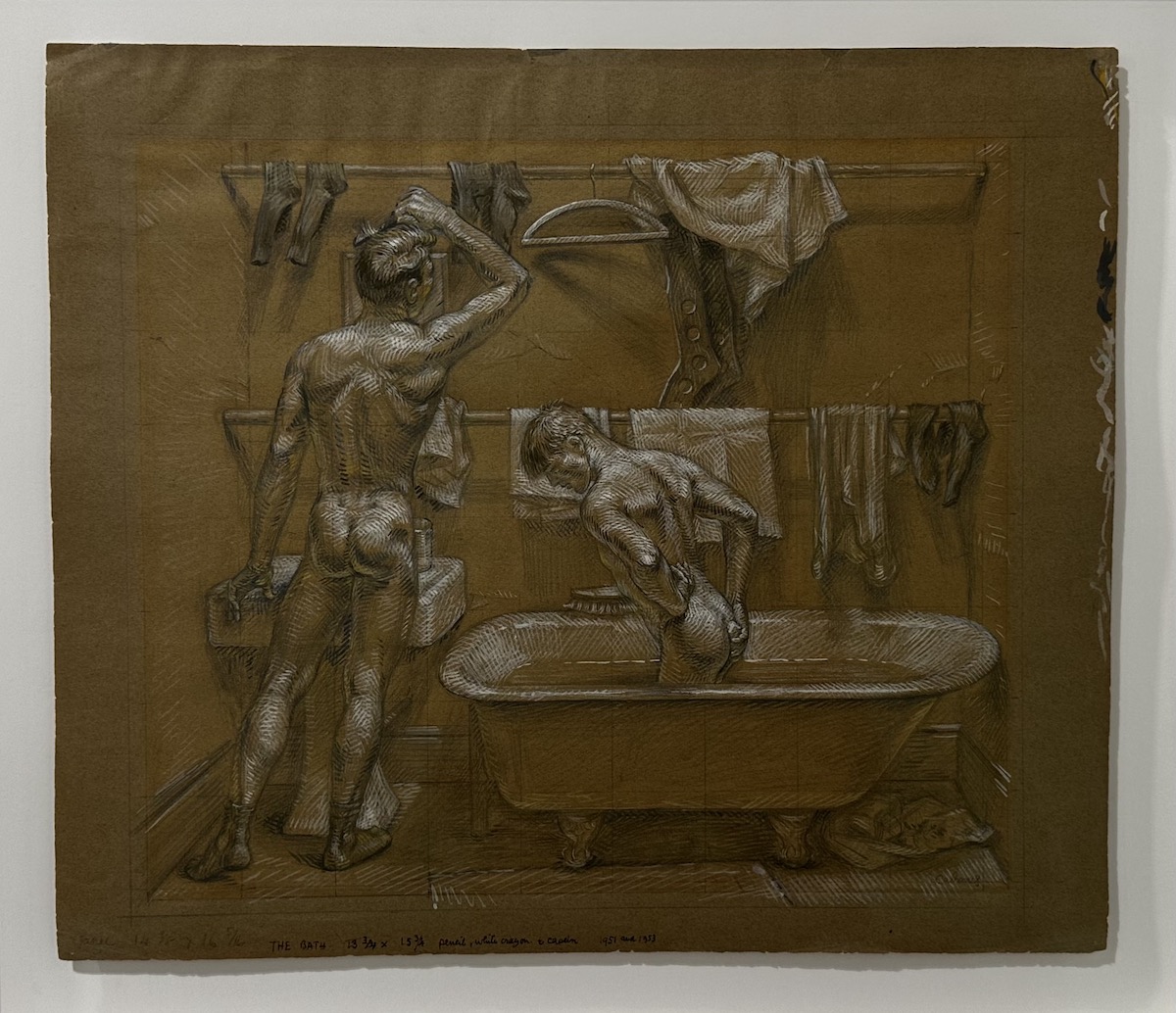
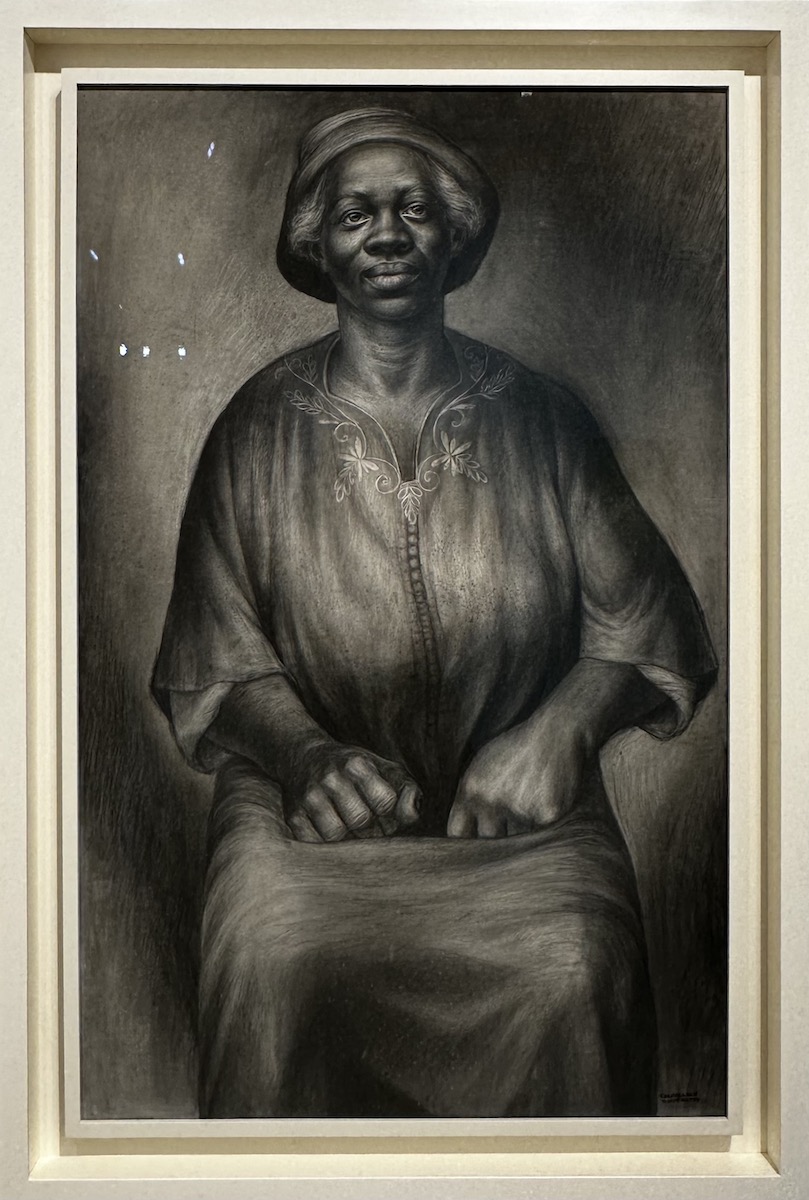
The Michael Rosenfeld Gallery in addition to Paul Cadmus exhibited the works of Charles White celebrating his commitment to chronicling the triumphs and struggles of his African American community through artistic representation. White was one of the best known artists in African American art history, and after his death in 1979, White’s works were included in the permanent collections of the Art Institute of Chicago, the Metropolitan Museum of Art, and the Whitney Museum of American Art, among others.
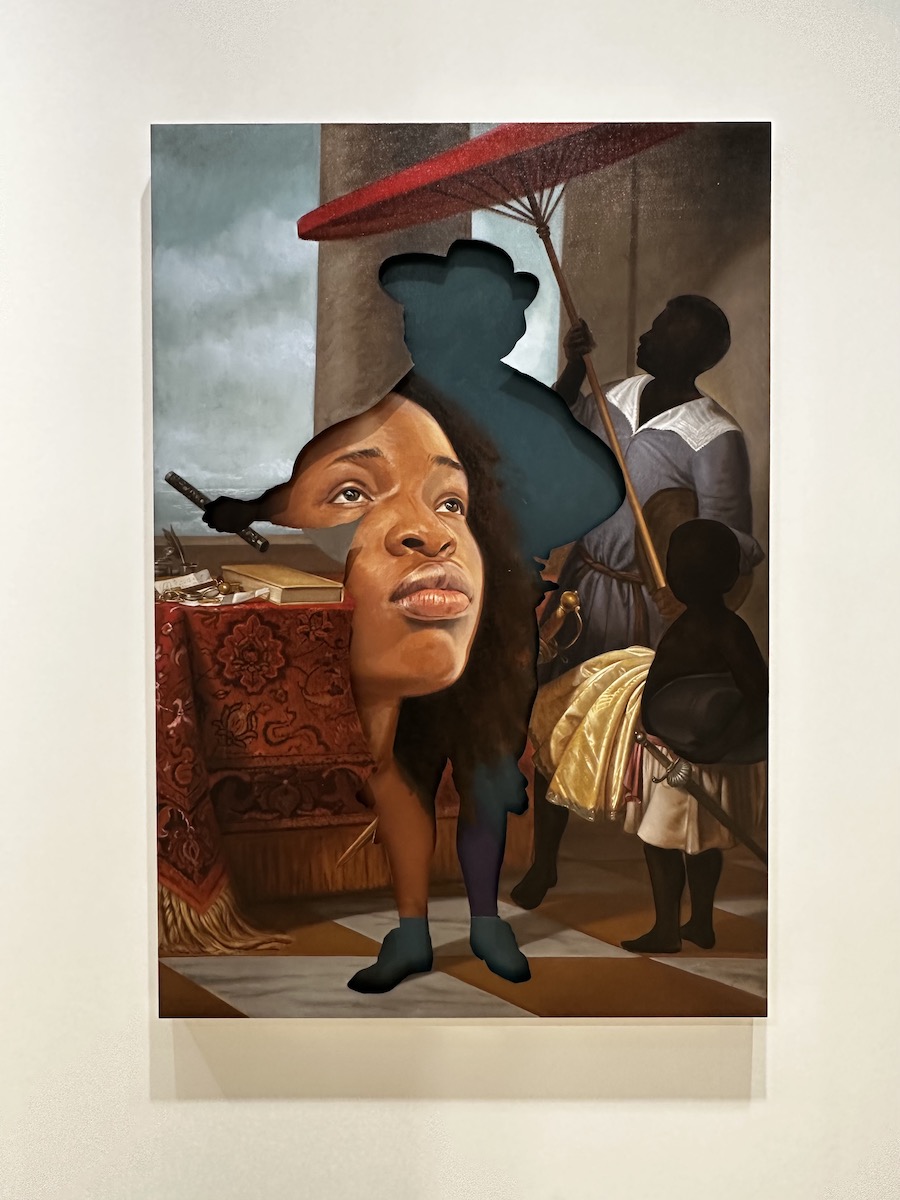
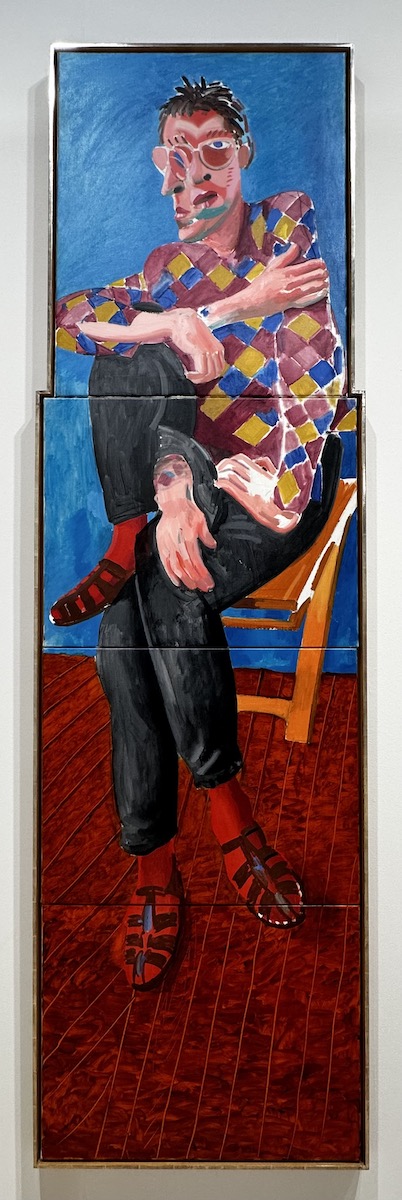
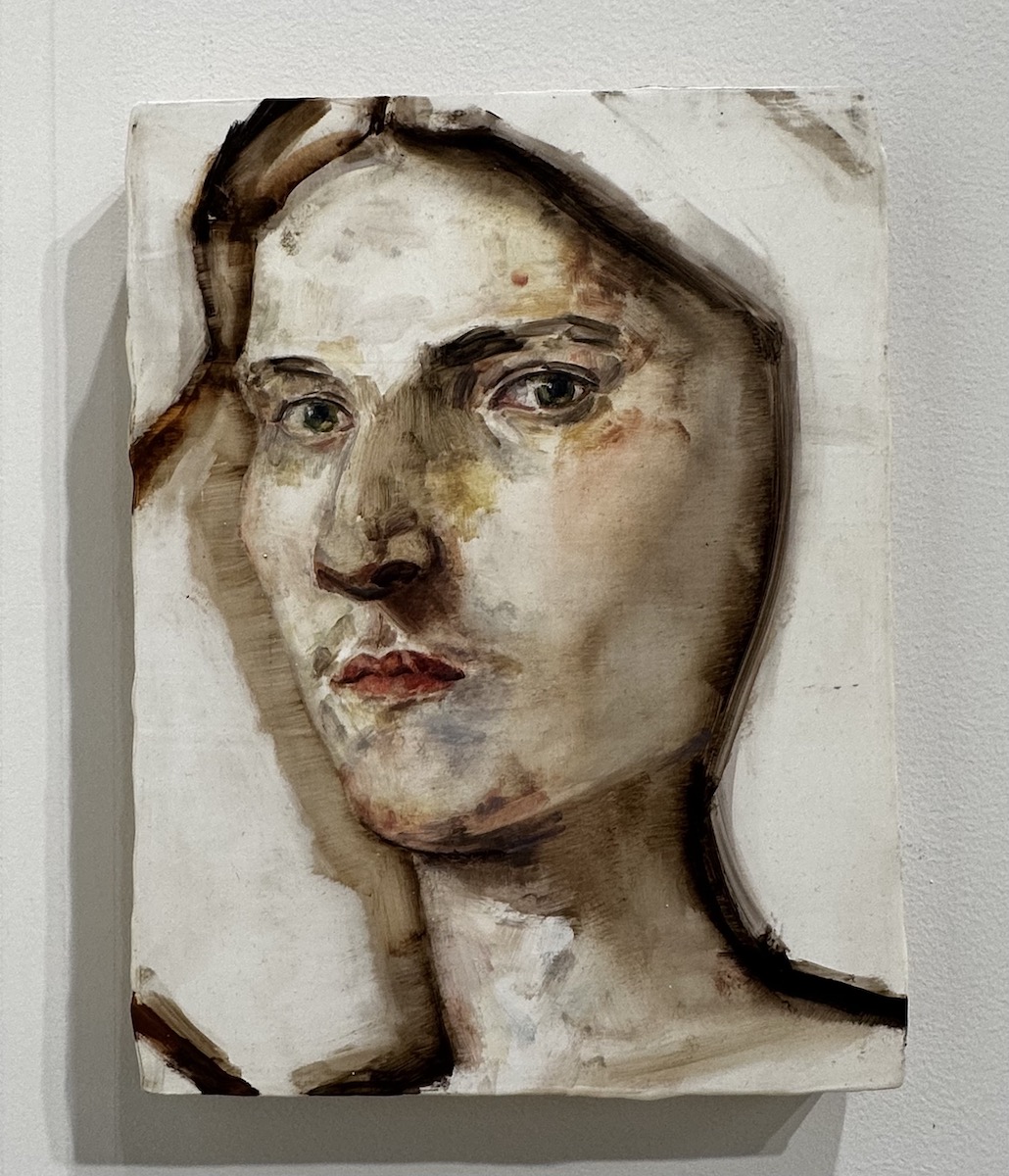
Gagosian presented at Art Basel with works by Titus Kaspar, Elisabeth Payton and an unusual David Hockney.
Larry Gagosian and Jeffrey Deitch, two of the art world’s biggest dealers, also celebrated an exhibition titled “100 Years” in the Burk Building of the Miami Design District.
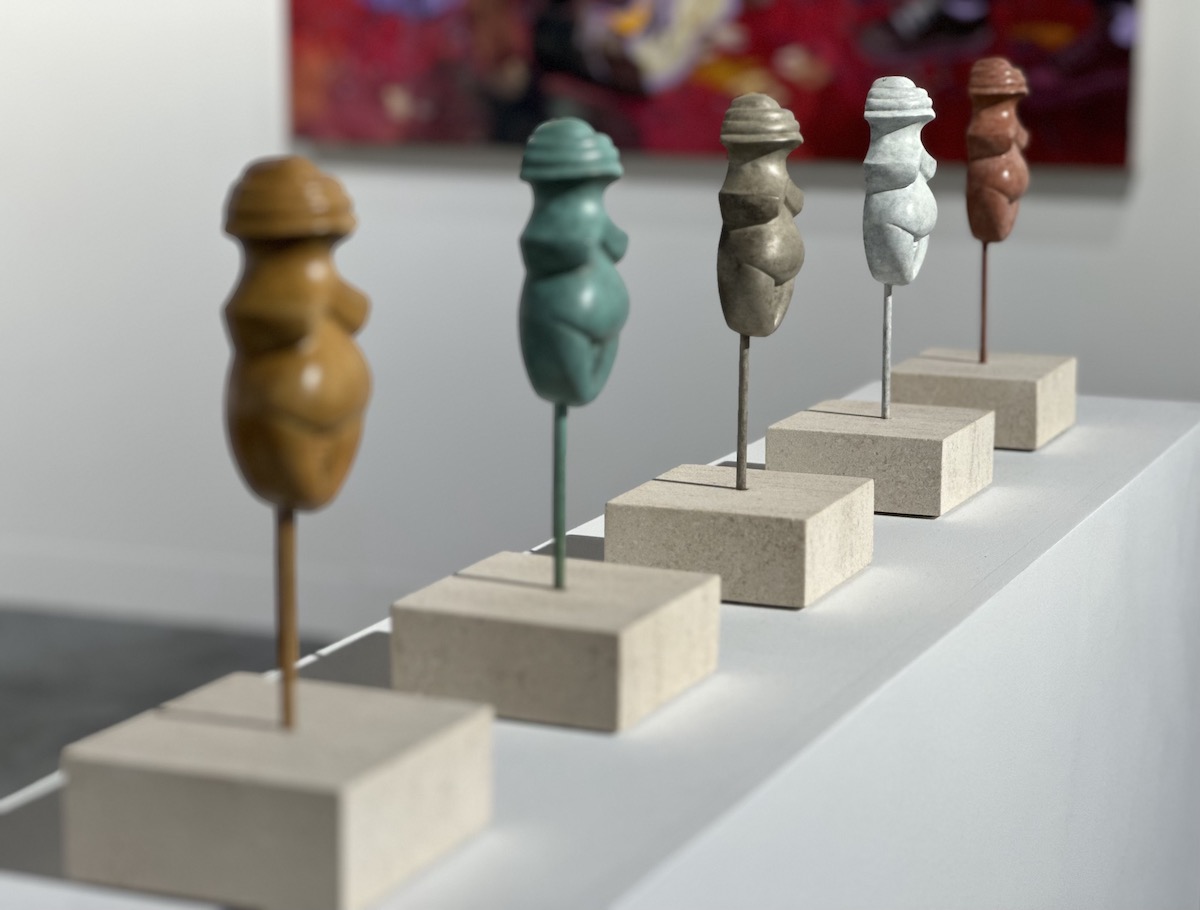
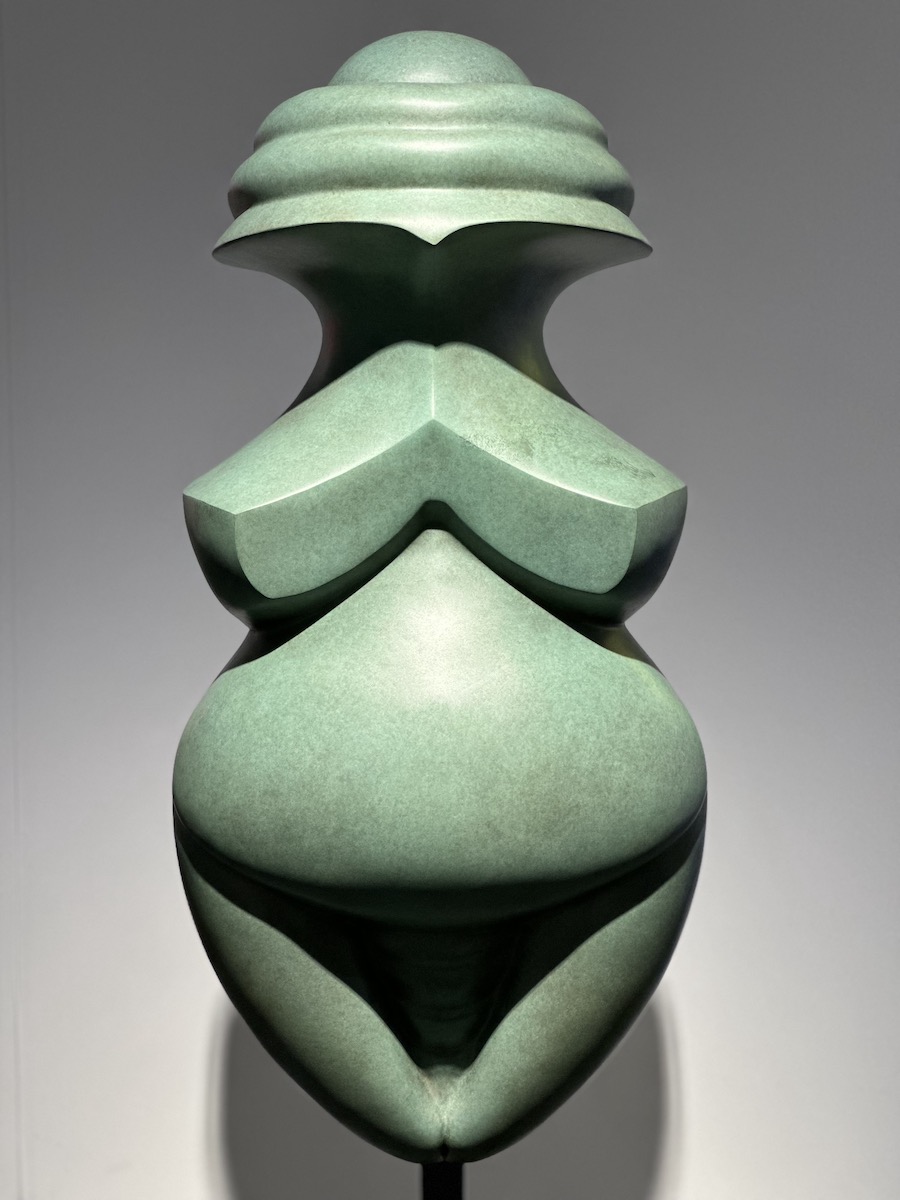
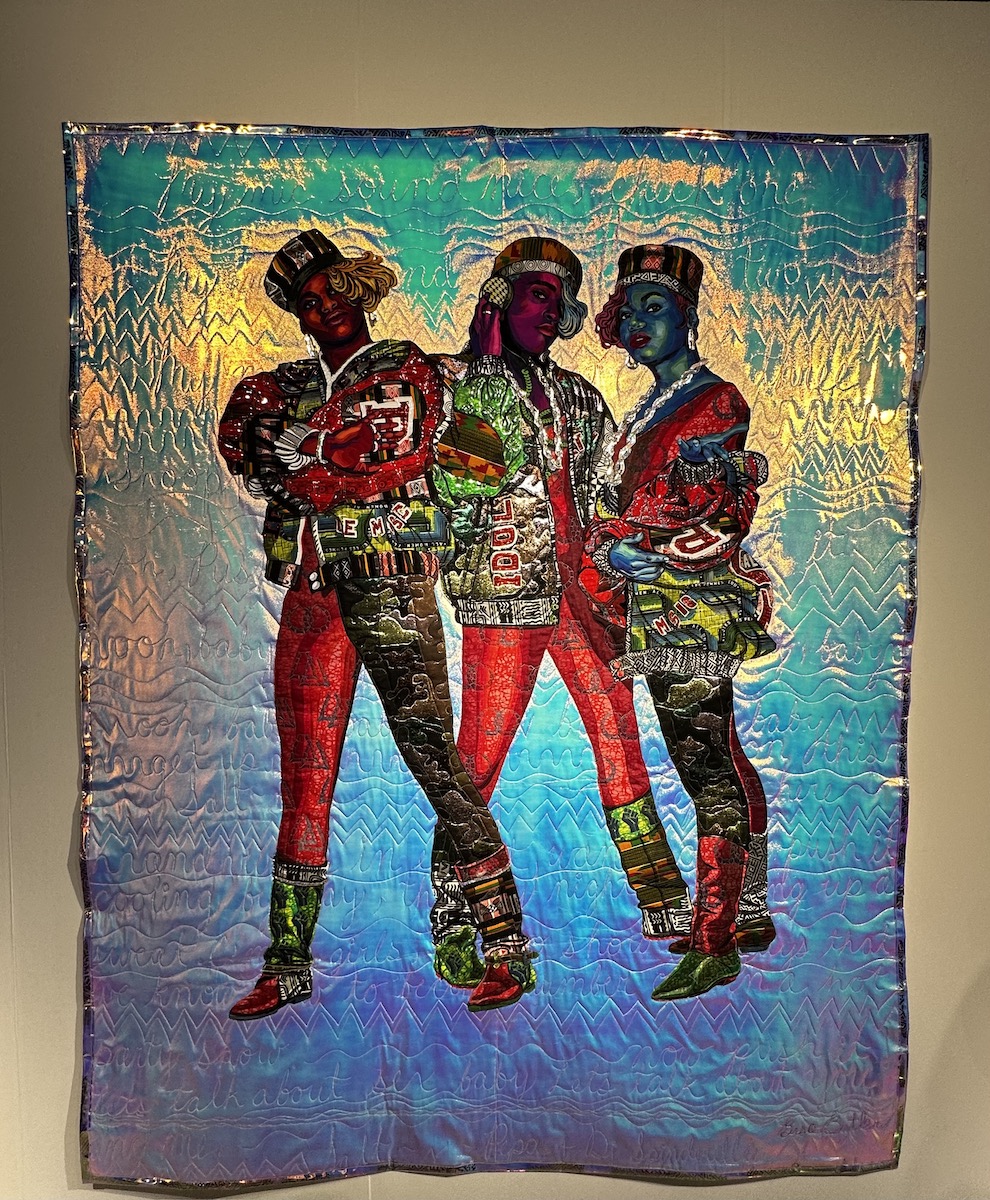
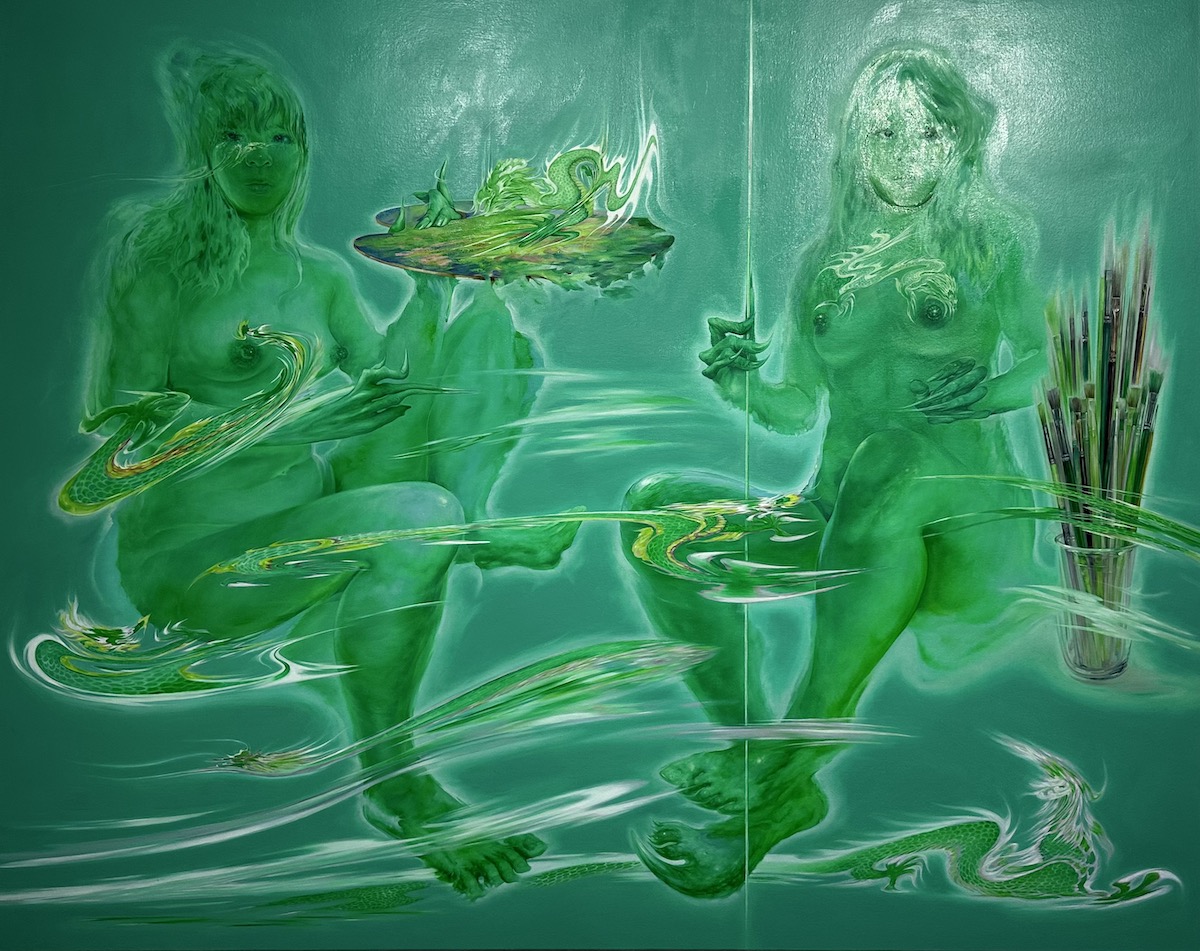
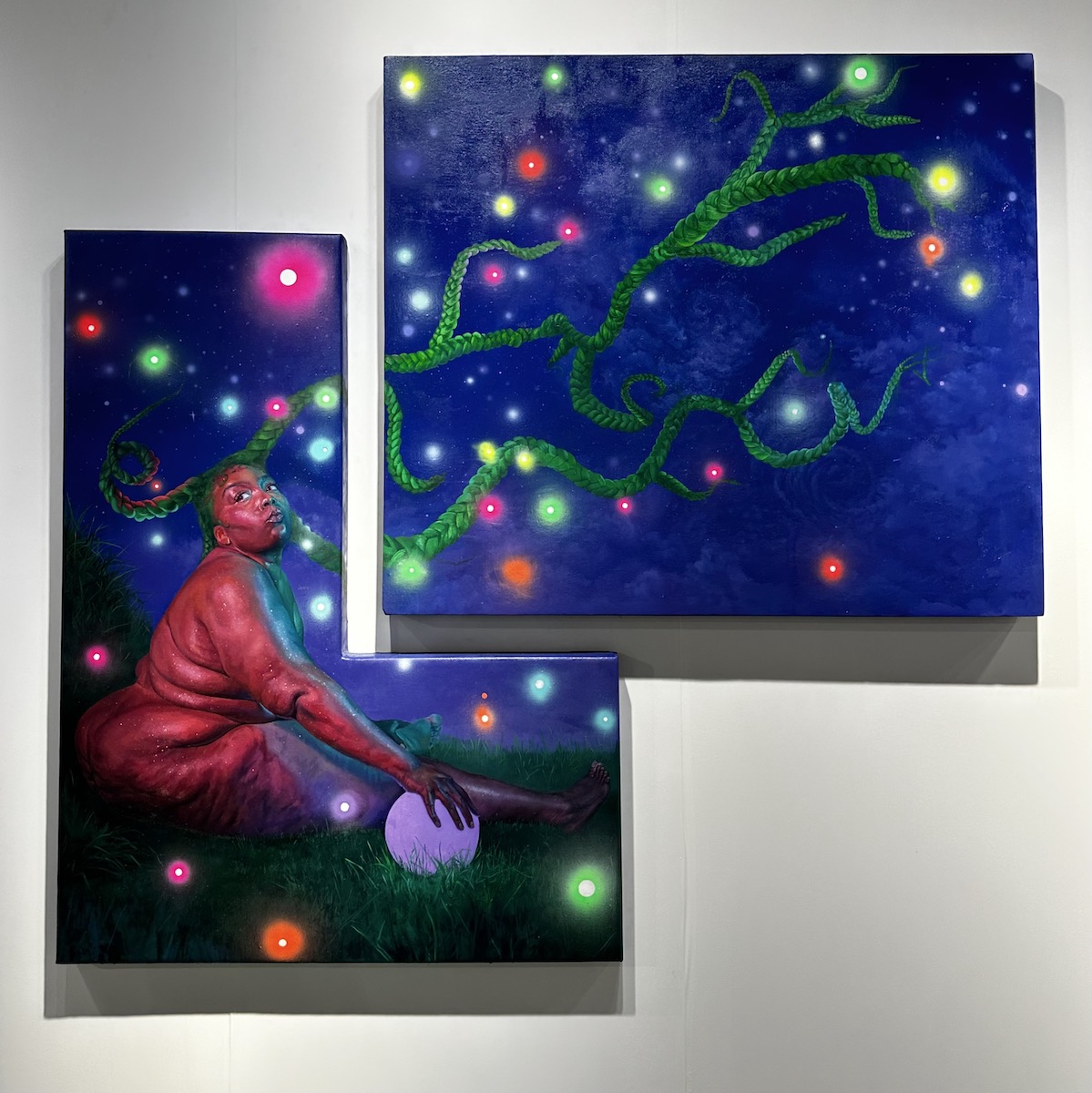
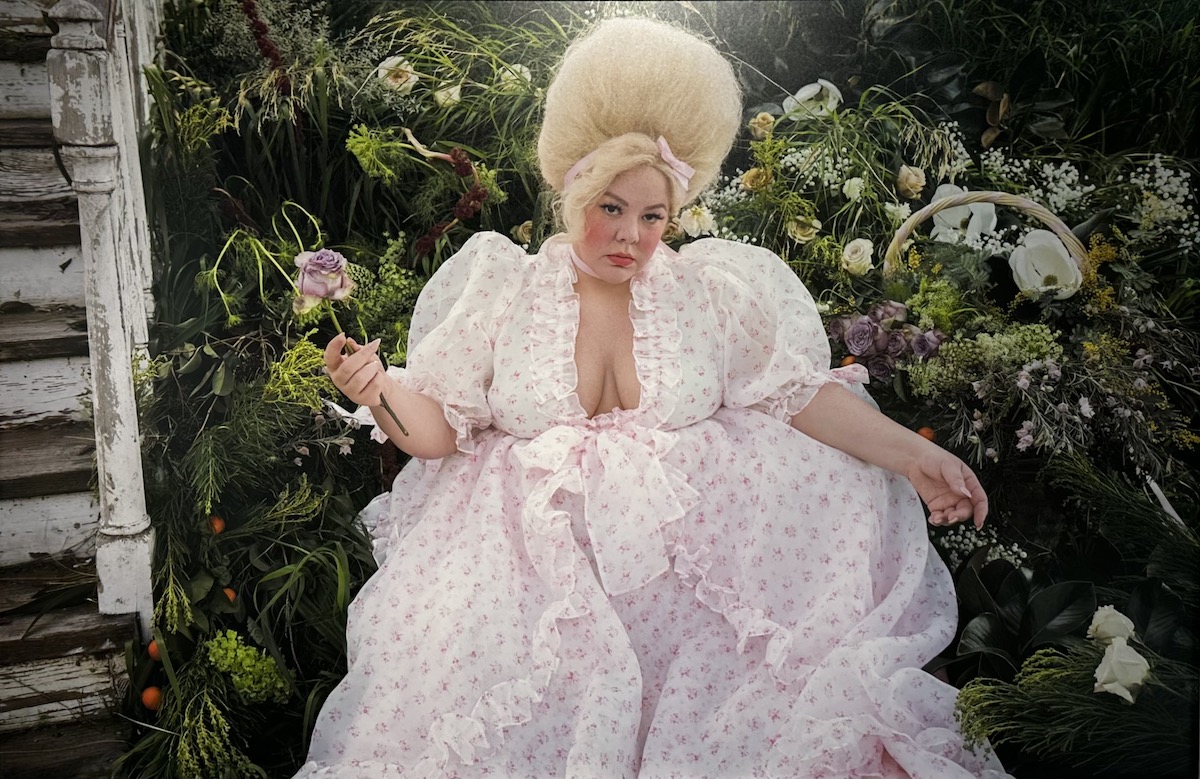
Jeffrey Deitch’s exhibition celebrating the “Goddesses”was the best gallery present at the 20th edition of Art Basel/Miami Beach. First of all, for the stylistic choices made, which celebrated some of the “goddesses” of the female art world by juxtaposing famous faces in contemporary art history, such as Judy Chicago and Bisa Butler, with the faces of female artists who are emerging powerfully in the international art scene. These include Chinese-born artist Su Su, a finalist for the prestigious Bennett Prize and former Fountainhead Alumni who boasts works in the collection of Rosa and Carlos de la Cruz; interdisciplinary artist Kezia Harrell, who paints fantastical, hyper-realistic worlds of black female freedom; and multidisciplinary artist Genevieve Gaignard, another artist from the artist residency at Fountainhead, and who uses self-portraiture to provoke a dialogue about the complexities of race, beauty and cultural identity. The beauty of the Deitch Gallery exhibition is also due to the choice of stylistic means proposed in relation to the works: direct and simple means, albeit in their complexity of execution, that do not need the WOW effect to captivate the viewer.
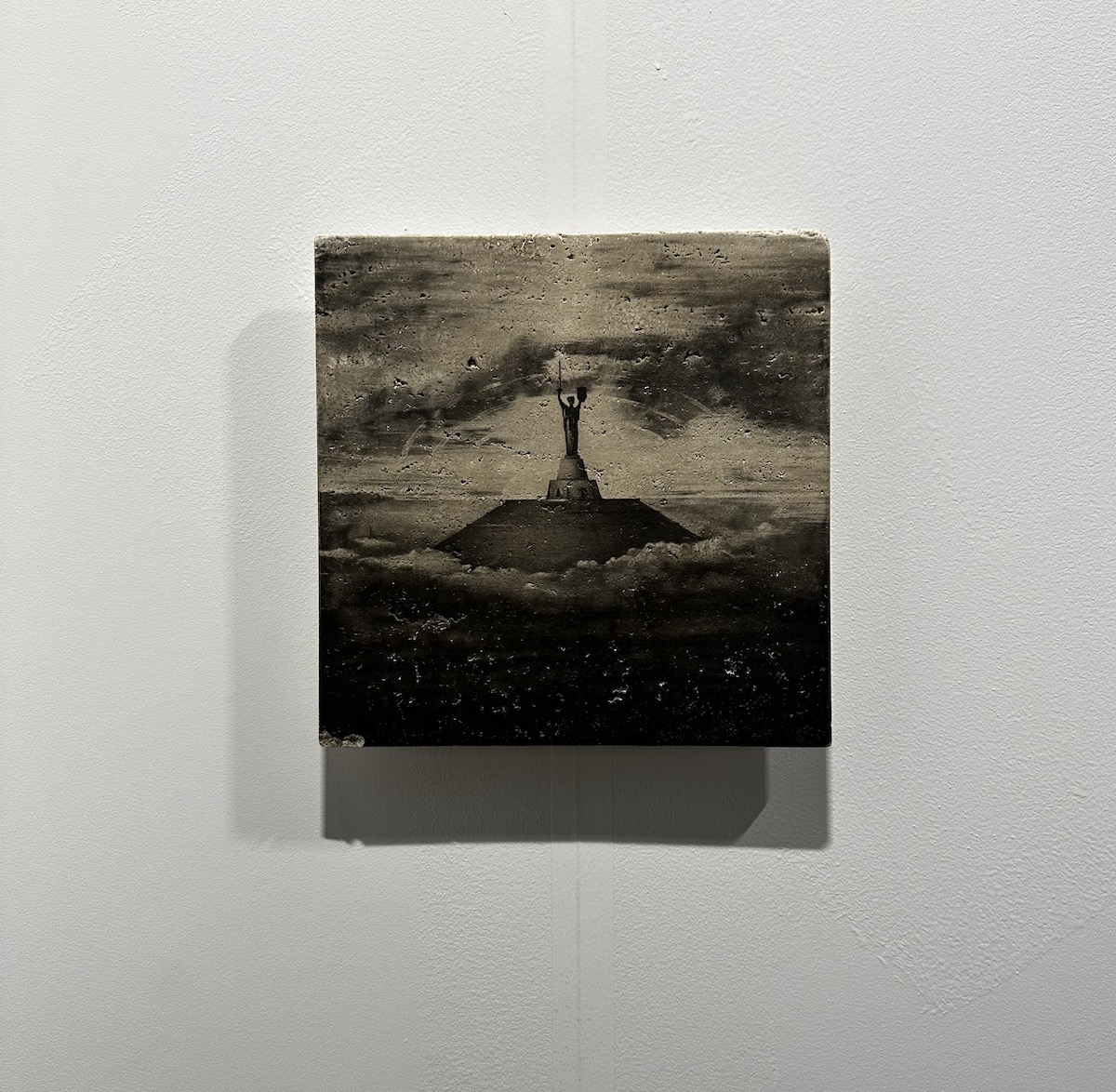
Other interesting galleries at the 20th edition of Art Basel included David Castillo Gallery, which presented the work of Miami-based artist, Glaxis Novae, currently on view at the Patricia and Philliph Frost Art Museum in Miami; Roberts Projects Gallery, which presented a trio of 90s consisting of: Amoako Boafo, Kehinde Wiley, and Otis Quinacoe, outstanding interpreters of contemporary black figurative art.
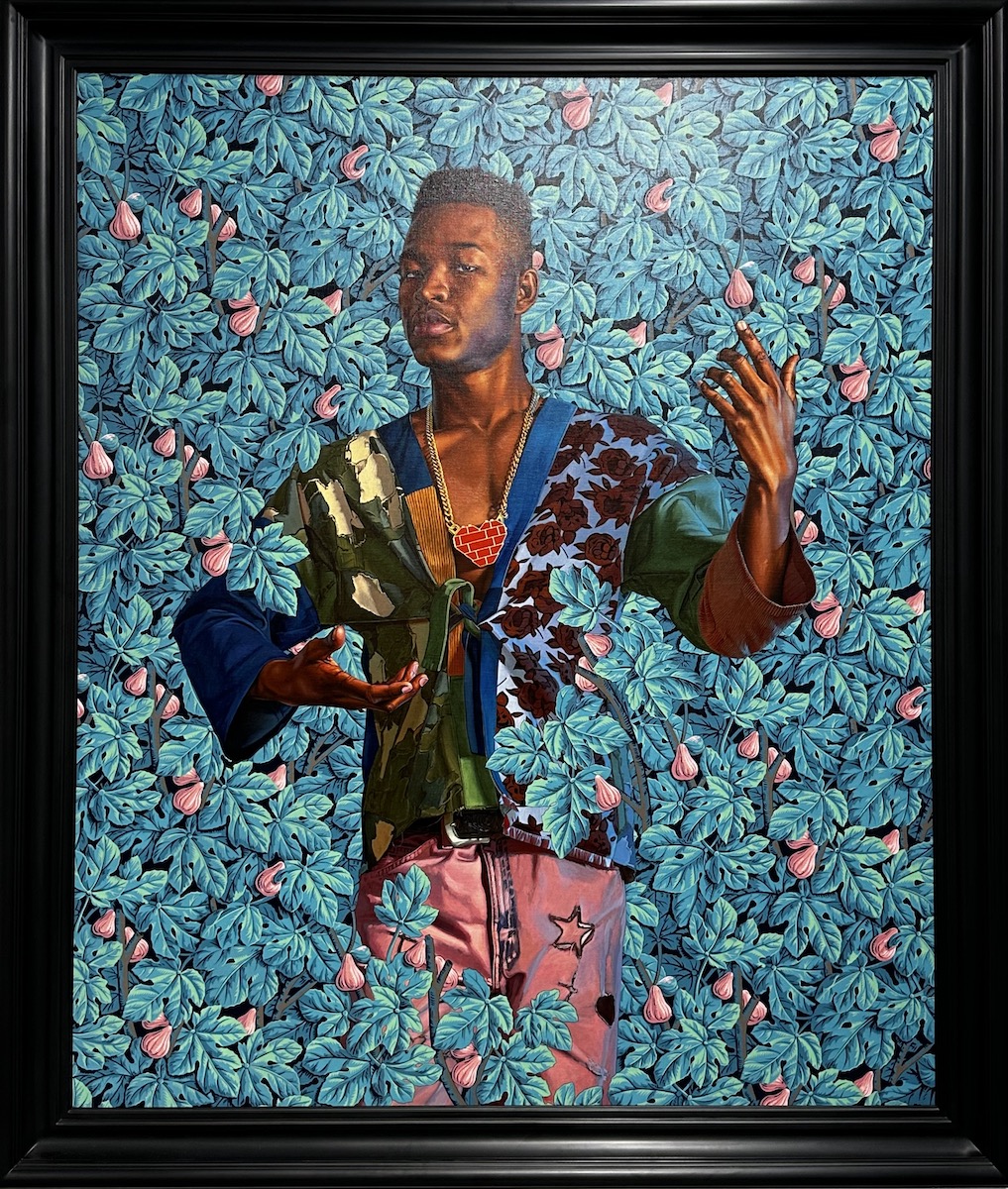
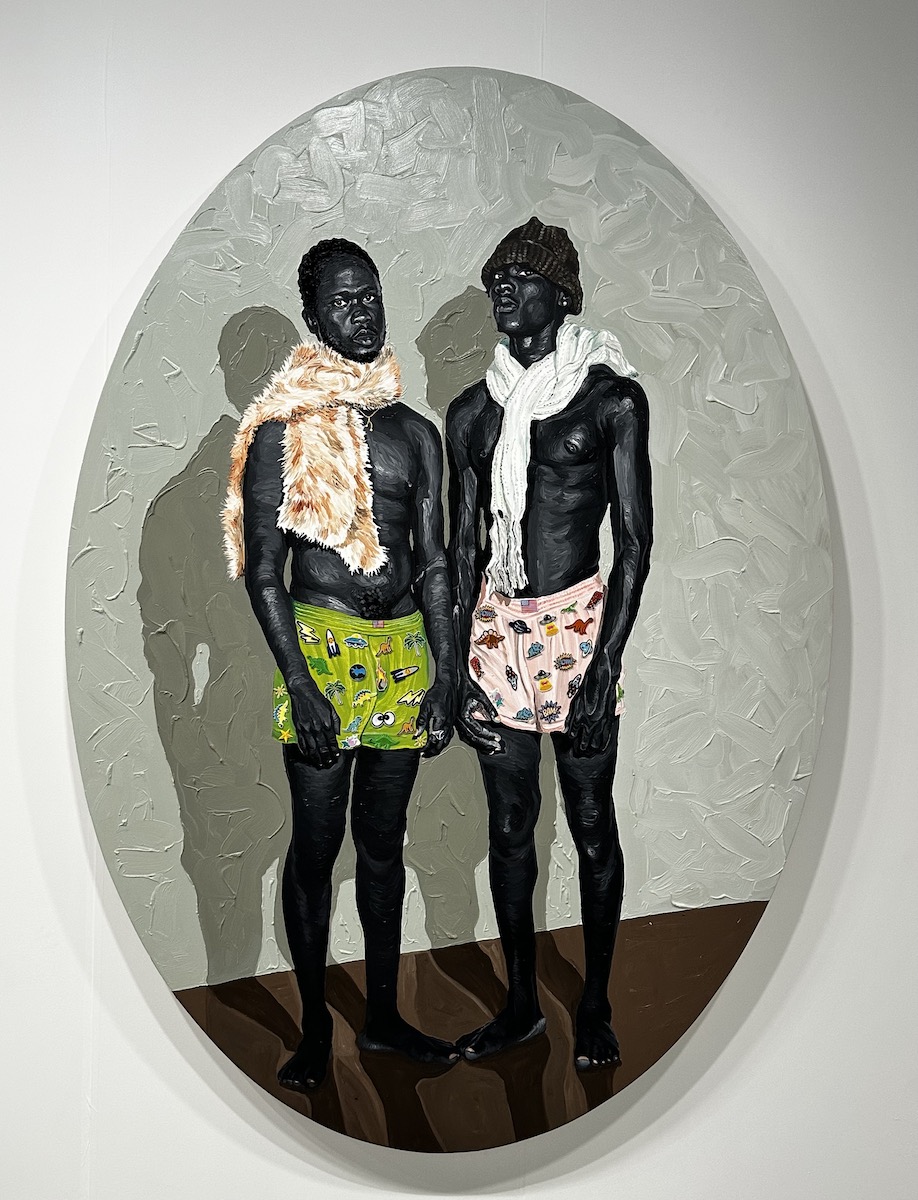
The unstoppable Amoako Boafo has also been represented by the historic Mariane Ibrahim Gallery, which had a solo exhibition of his work in 2018, and the Edward Tyler Nahem Gallery. In the Edward Tyler Nahem Gallery Amoako Boafo shared space with the talented Eddy Kamuanga Llunga, who in his bold figurative paintings, explores the intersections of colonialism, tradition, and globalization in his native Democratic Republic of Congo(DRC). To create the work, the artist dresses his subjects in traditional Mangbetu clothing and replaces their skin with printed circuit boards-a reference to coltan (a metallic mineral) exported from the DRC for use in modern devices around the world. In depicting both the beauty of traditional Congolese culture and the symbols of historical and contemporary trade and exploitation, Llunga captures the dissonance within Congolese society.
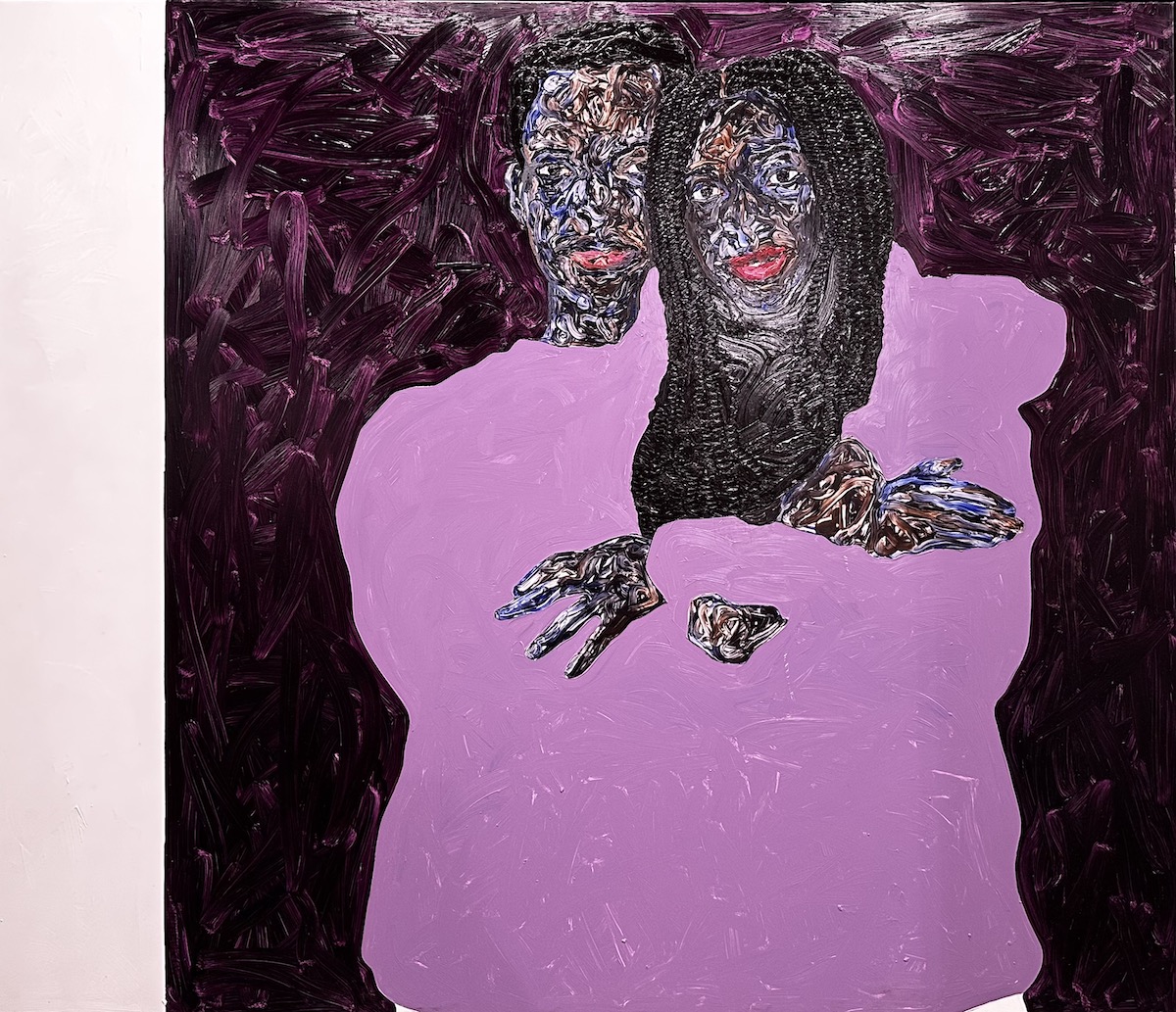
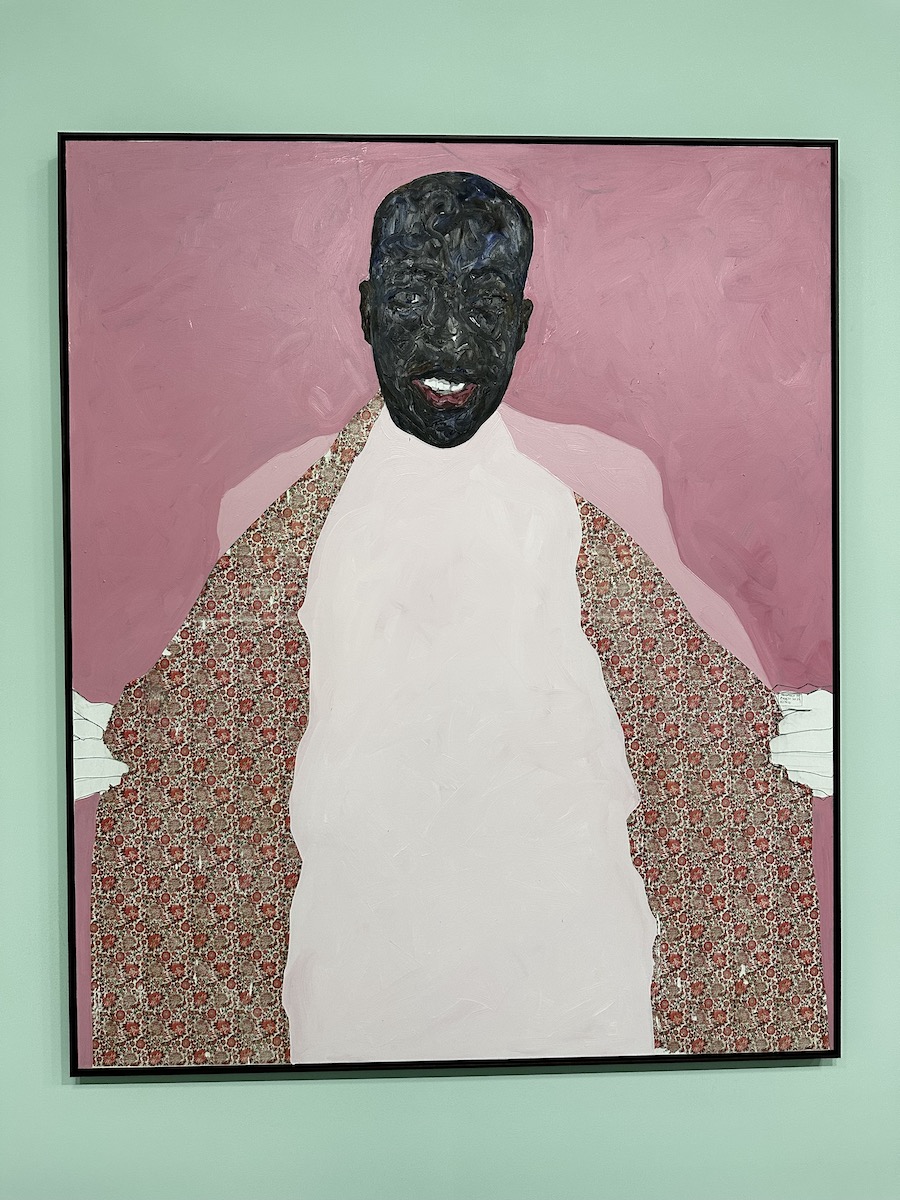
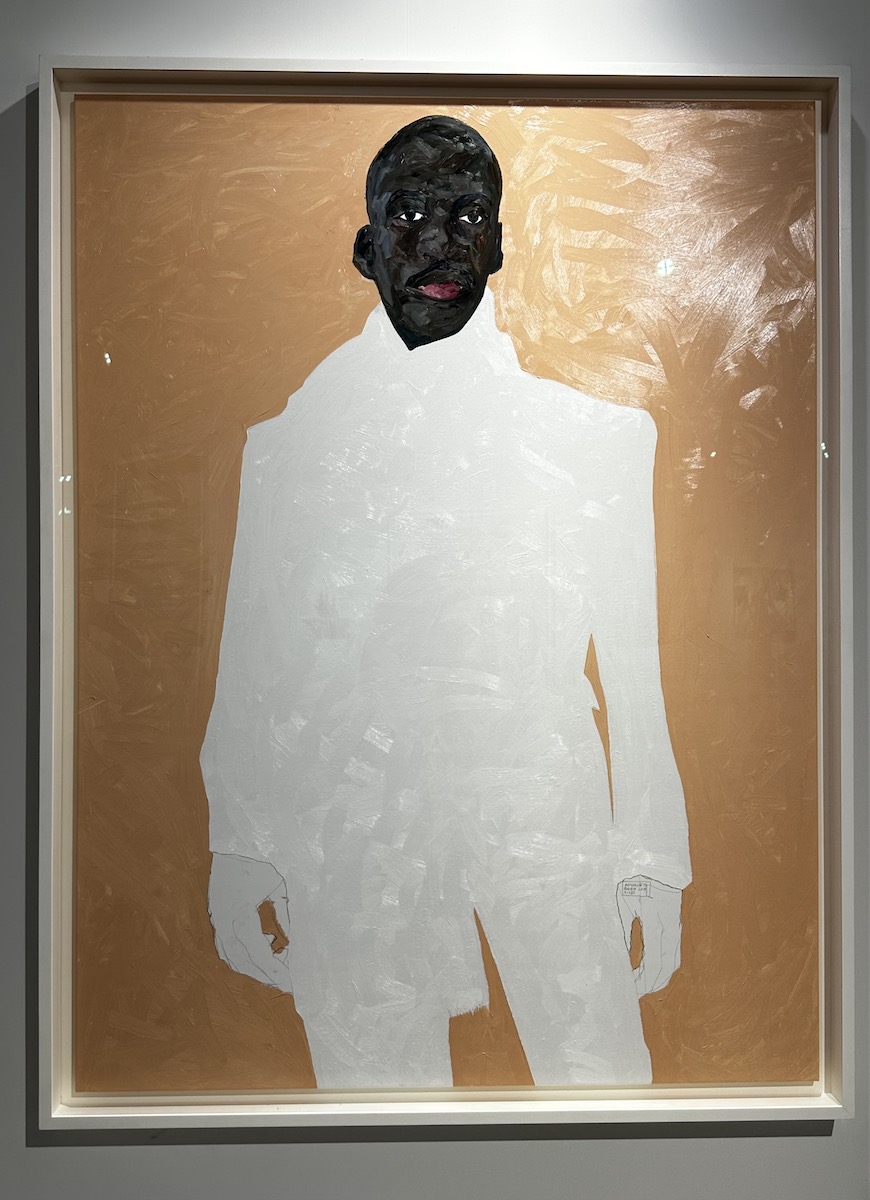
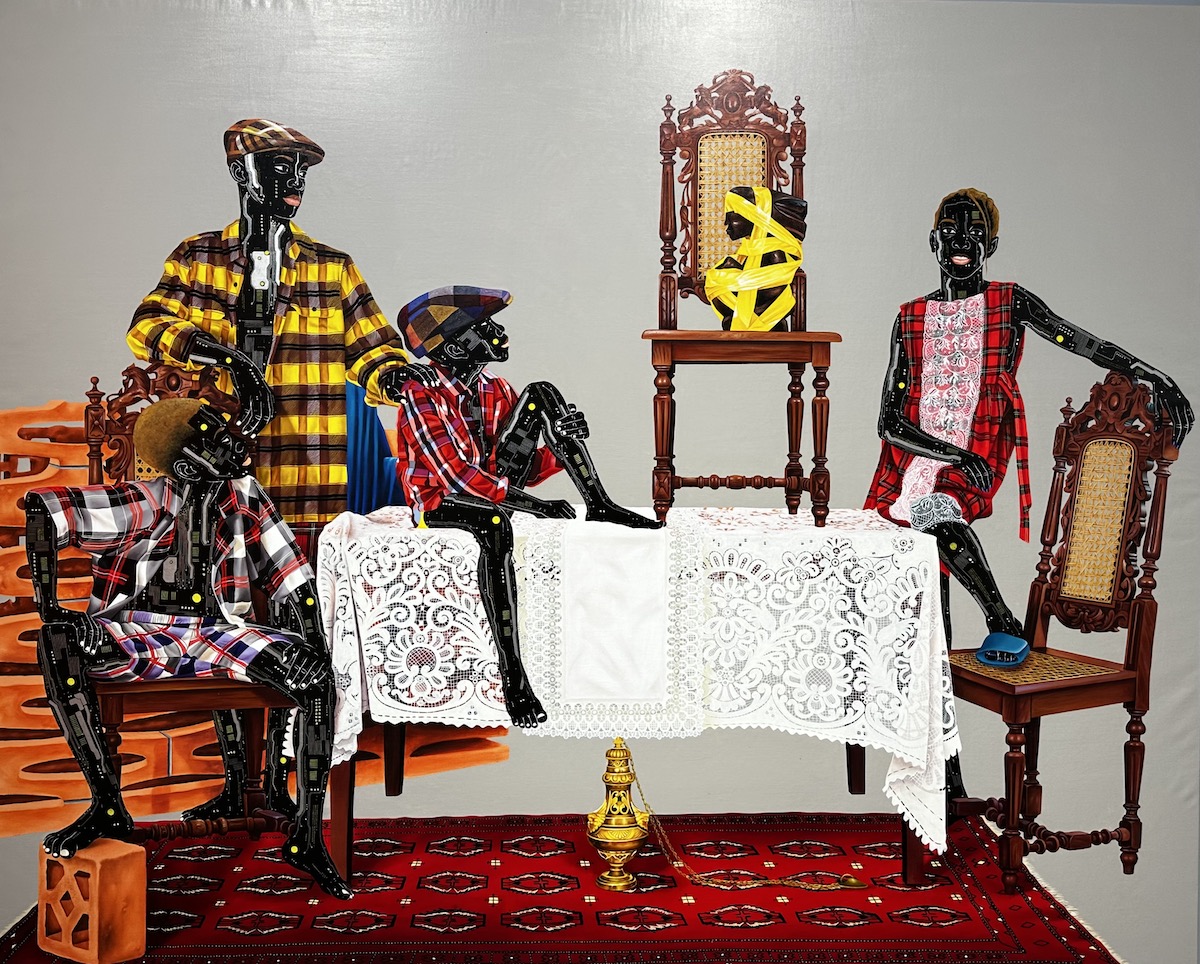
Finally, also in the galleries section, Lia Rumma Gallery in Milan, IT, presented the work of Italian artist Paolo Icaro. The artist who had been invited by Germano Celant apart of the Arte Povera exhibition is also represented by the famous Massimo Minini Gallery in Brescia. Icaro’s works are a journey in search of a new grammar of sculpture. A journey that the artist travels through the exploration of materials that he pushes beyond the boundaries of sculptural language until he reaches degree zero to reestablish a new grammar of making and in which, sculpture, instead of occupying space, becomes the place and origin of that space.
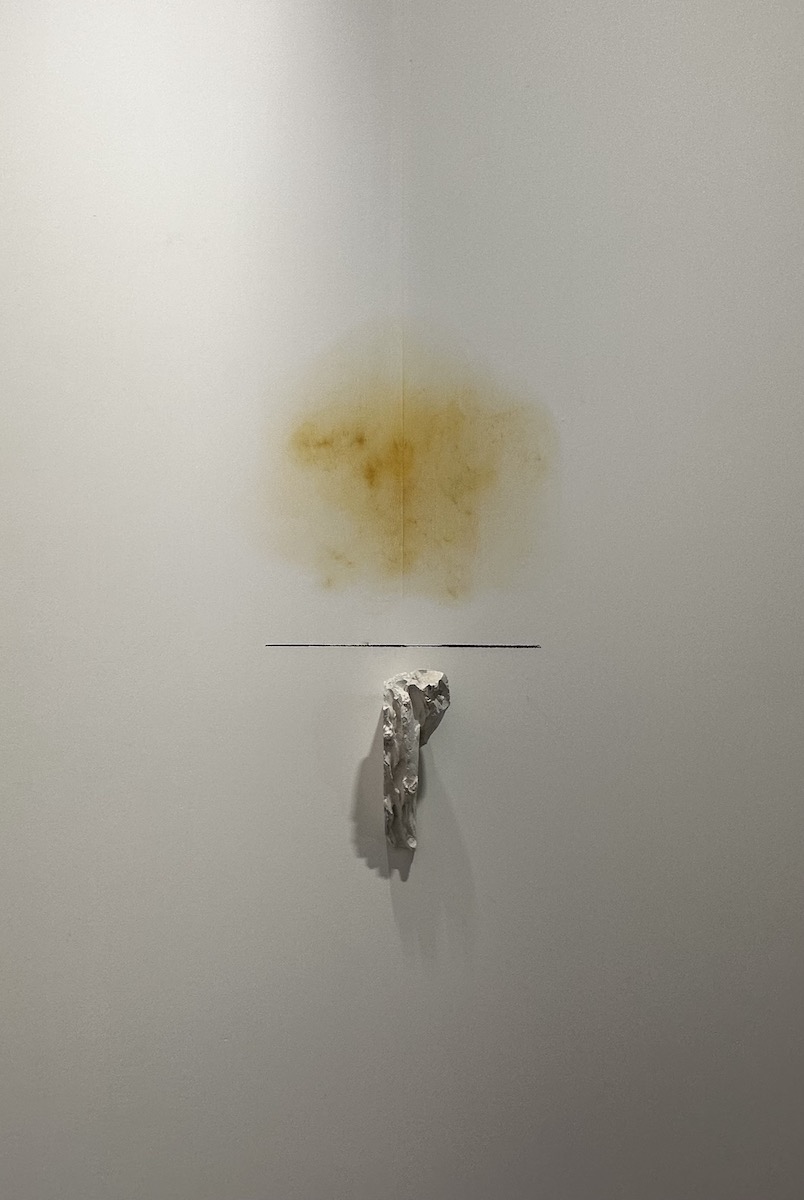
This year on the occasion of the 20th anniversary of Art Basel, the CPGA (French Professional Committee of Art Galleries) and Villa Albertine joined forces for the first time to launch the Etant Donnés 2022 Prize: the prize awarded to a living artist active in the French art scene and exhibited at Art Basel Miami Beach 2022. The winner of the prize was artist Julien Creuzet, from the French island of Martinique. His practice focuses on symbols and images that resonate across eras and cultures, which the artist interprets in the form of shaped metal hand-covered with colored plastic, textiles and found materials. Julien Creuzet’s works, were on display at the booths of the High Art Gallery and the Andrew Kreps Gallery.
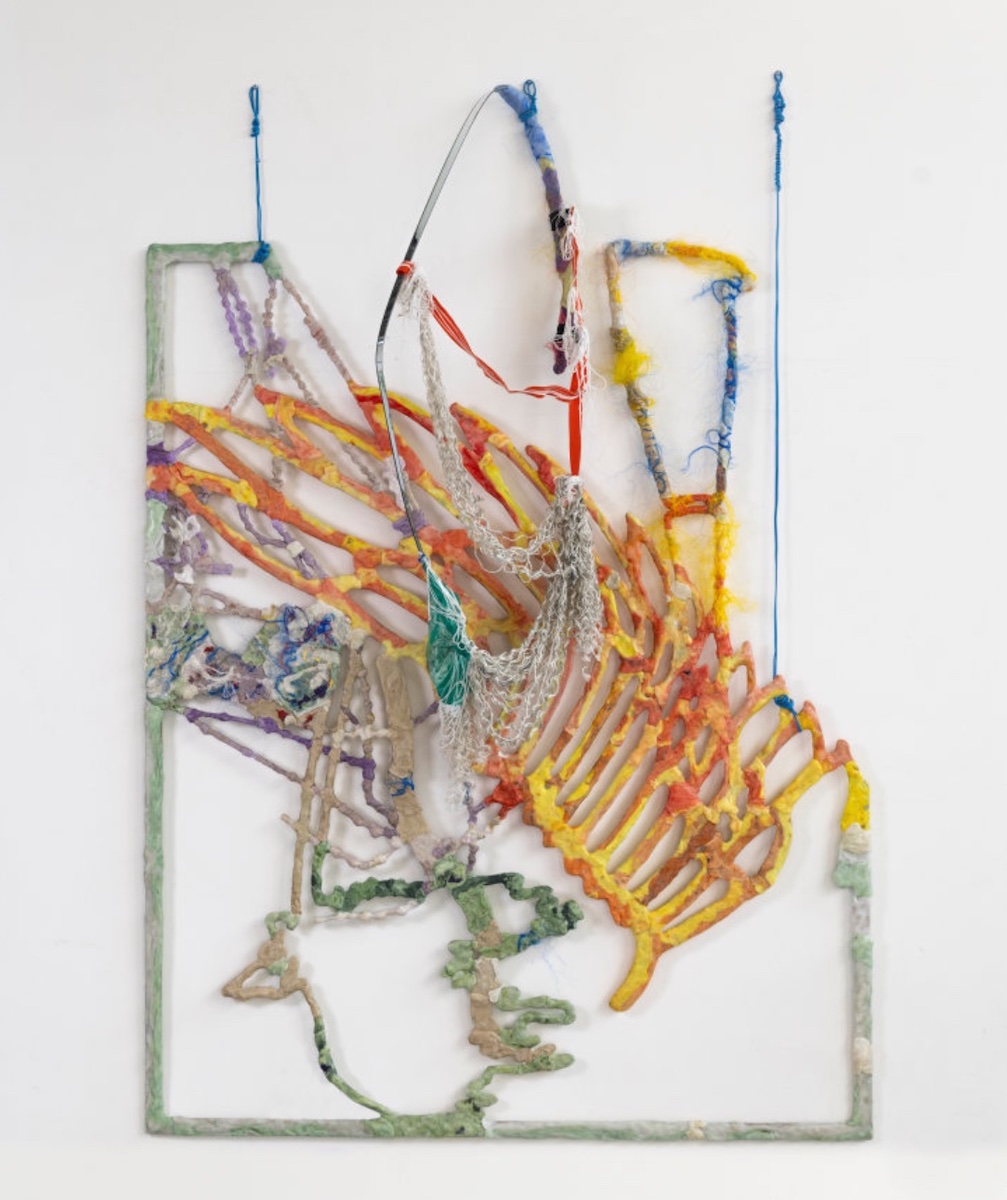
To conclude, with the survey conducted by the Survey of Global Collecting based on market analysis, significant data have emerged showing that the current direction of the art market, after the collapse due to the 2020 pandemic, has been followed by a gradual diversified recovery, in which: HNW collectors tend to hold a balanced selection of works by living and deceased artists, with an average of 53 percent of works by living artists and 47 percent by deceased artists, and with collections composed of a balanced mix of works by new and emerging artists, mid-career artists, and established and high-caliber artists, although by 2022 the research showed that the share of works by local artists in collections has declined slightly; although still unbalanced, the share of works by female artists in the collections has increased over time with 58% men and 42% women; just under half (49%) of the objects in the collections in 2022 were paintings, sculpture, and works on paper, while 15% were digital art and 9% of which had an associated NFT.
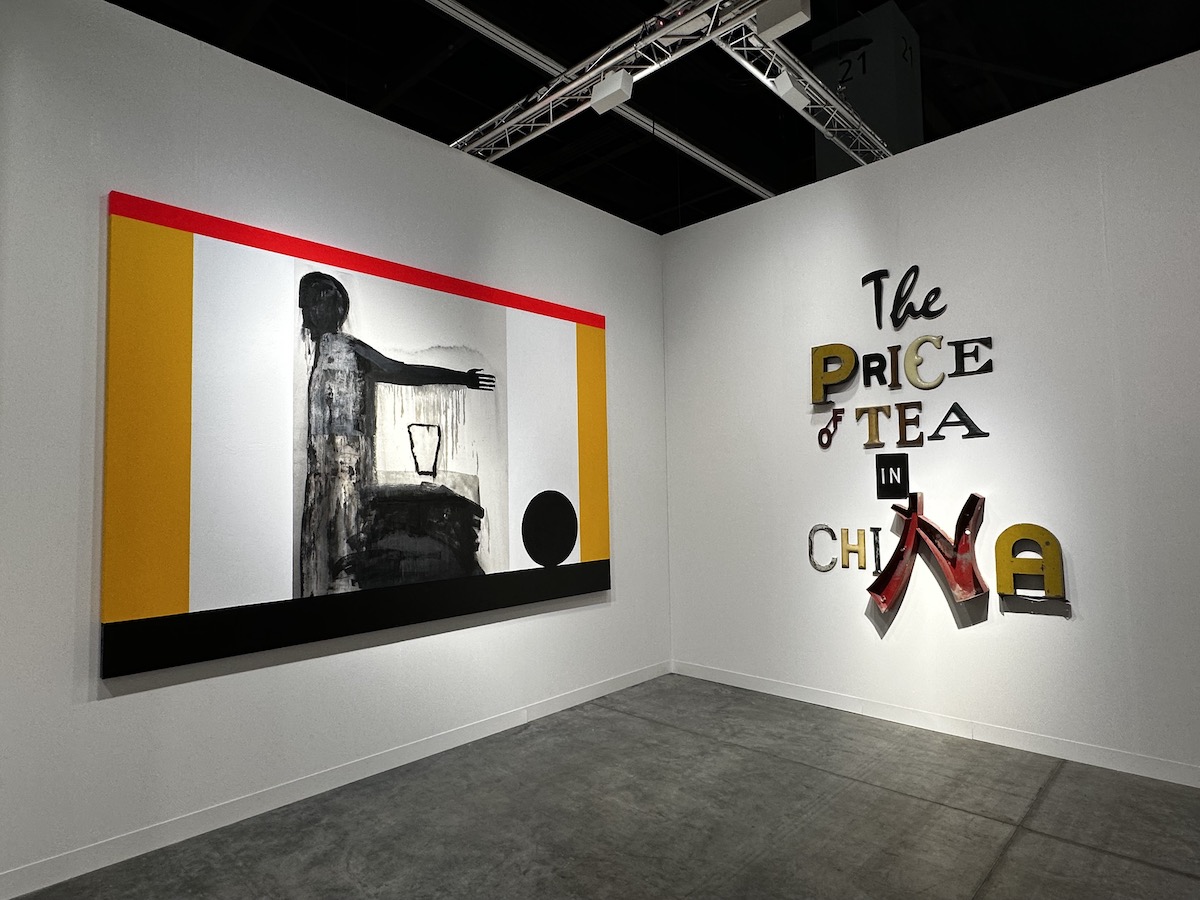
Moreover, despite the lingering uncertainties inherent in the pandemic, inflation, recession, and war, the majority of HNW collectors surveyed (78 percent) were optimistic about the performance of the global art market in the next six months, and while 55 percent of collectors plan to purchase artworks, a 2 percent increase over those who planned to do so in 2021, 39 percent of collectors plan to sell works from their collection in the next 12 months. The pandemic has also encouraged philanthropic giving by collectors, 45% of whom plan to donate works to a museum in the next 12 months.
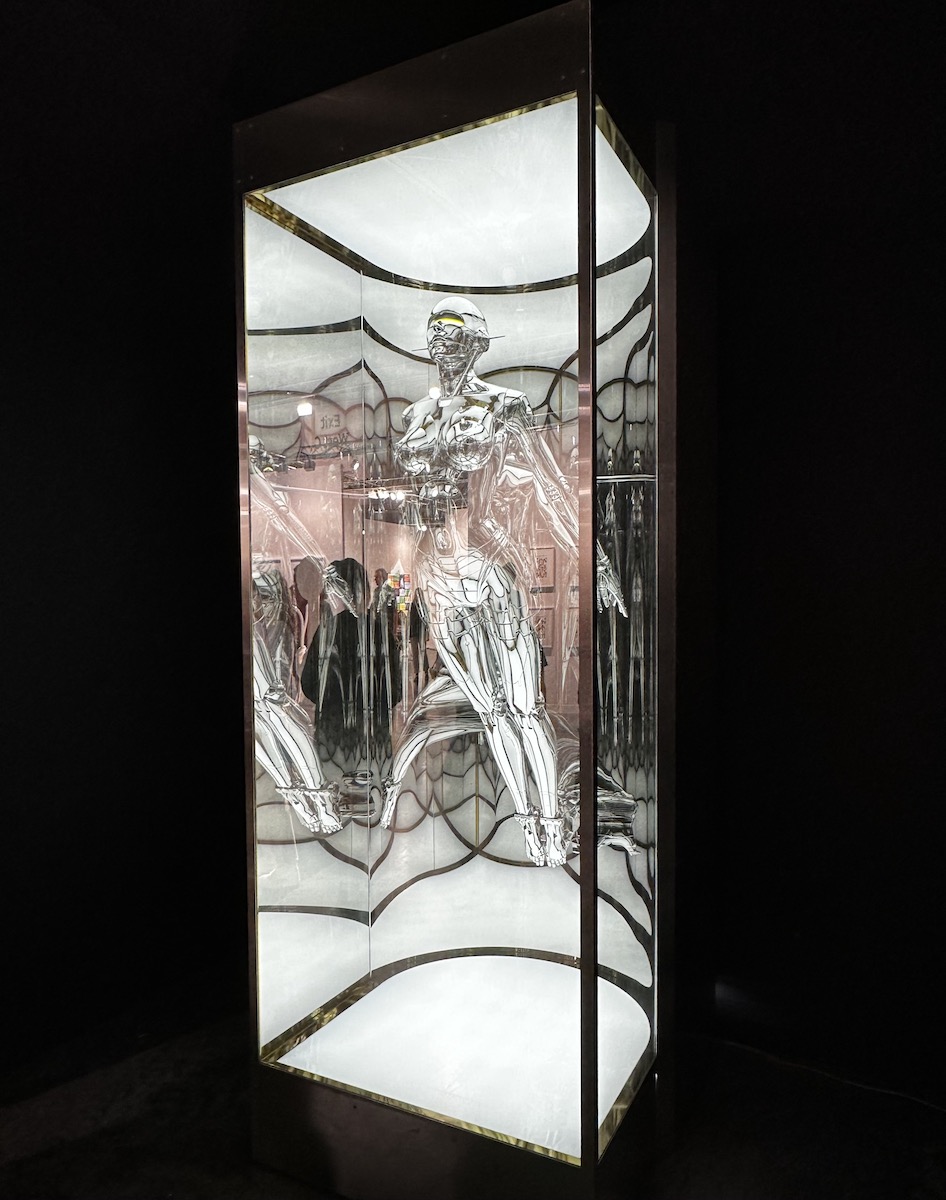
Marc Spiegler, former Global Director of Art Basel, finally said, “Although the global art market is not immune to ongoing sociopolitical and economic uncertainties, the Survey of Global Collecting data shows that collectors maintain a positive view of the market and intend to spend more on art.”
(on the title) A view of Jeffrey Deitch Gallery booth
